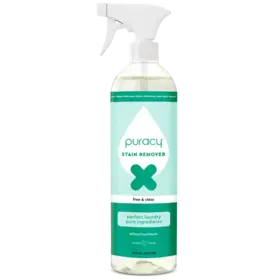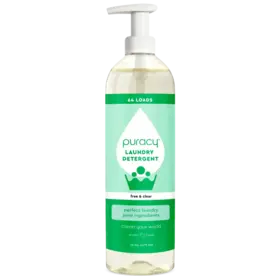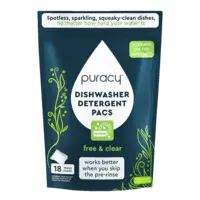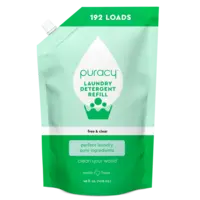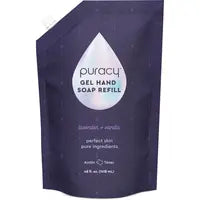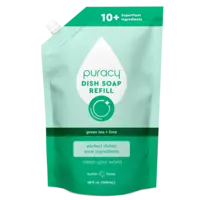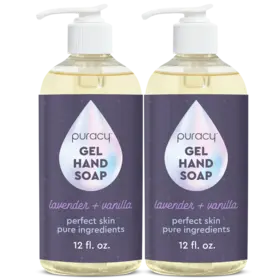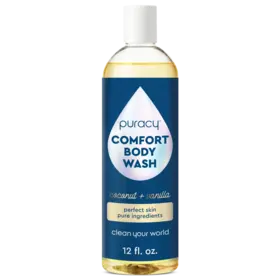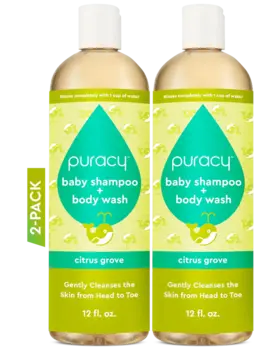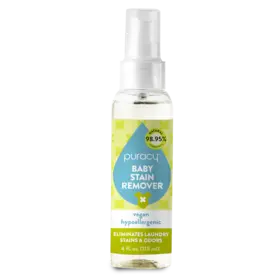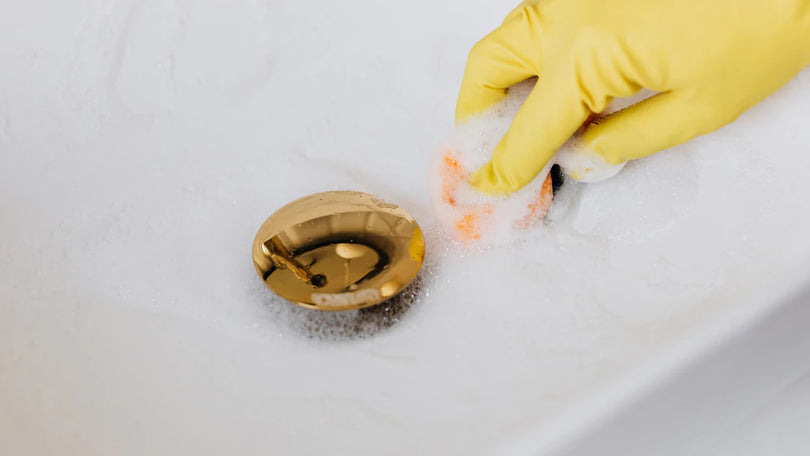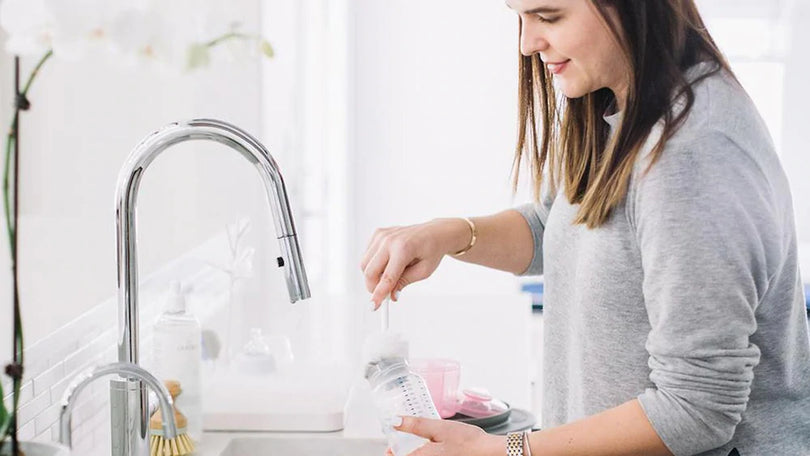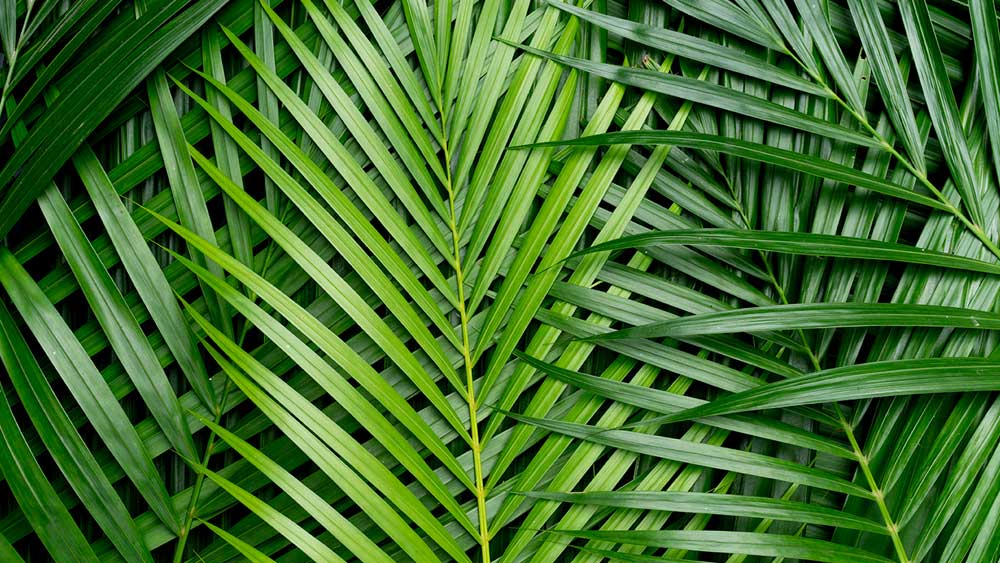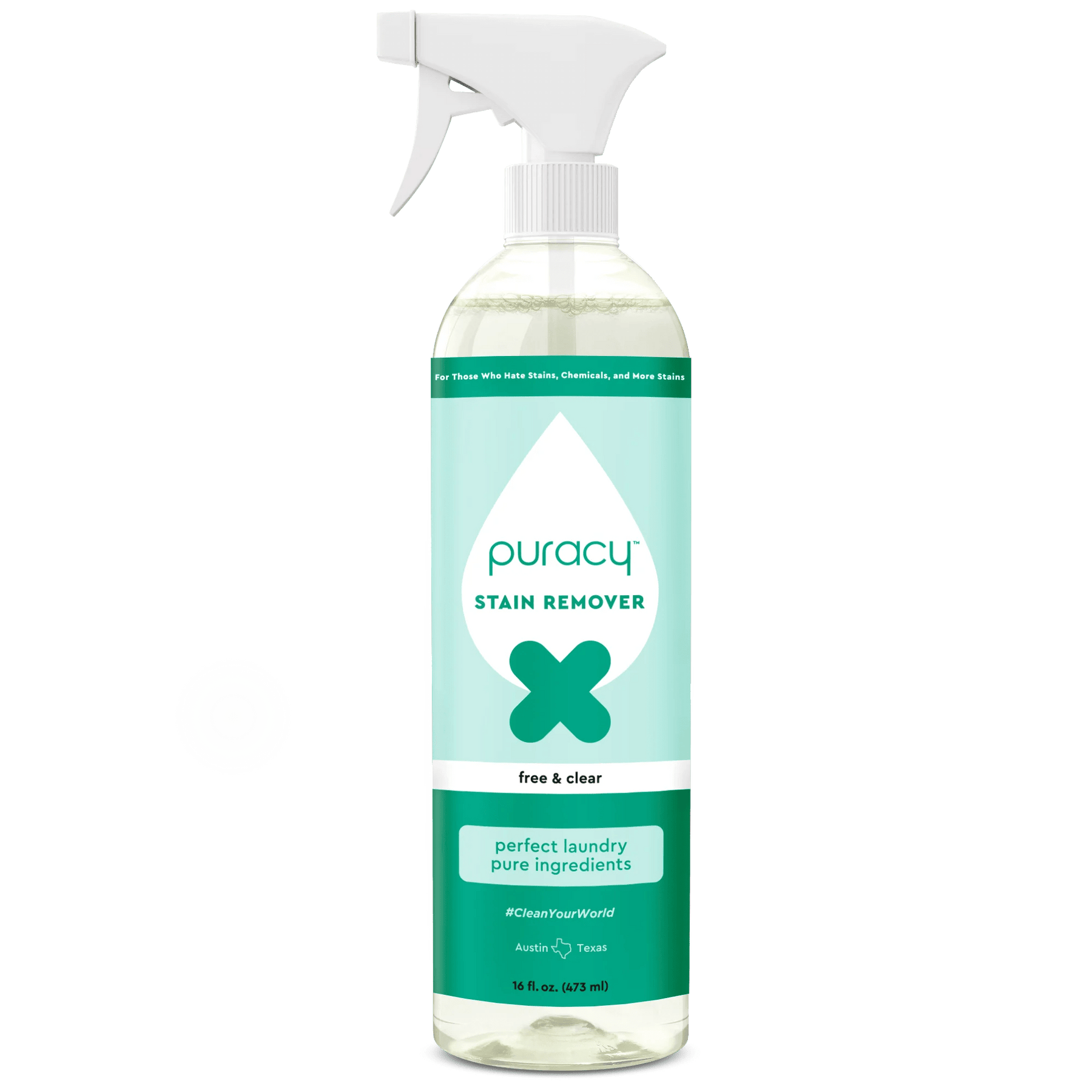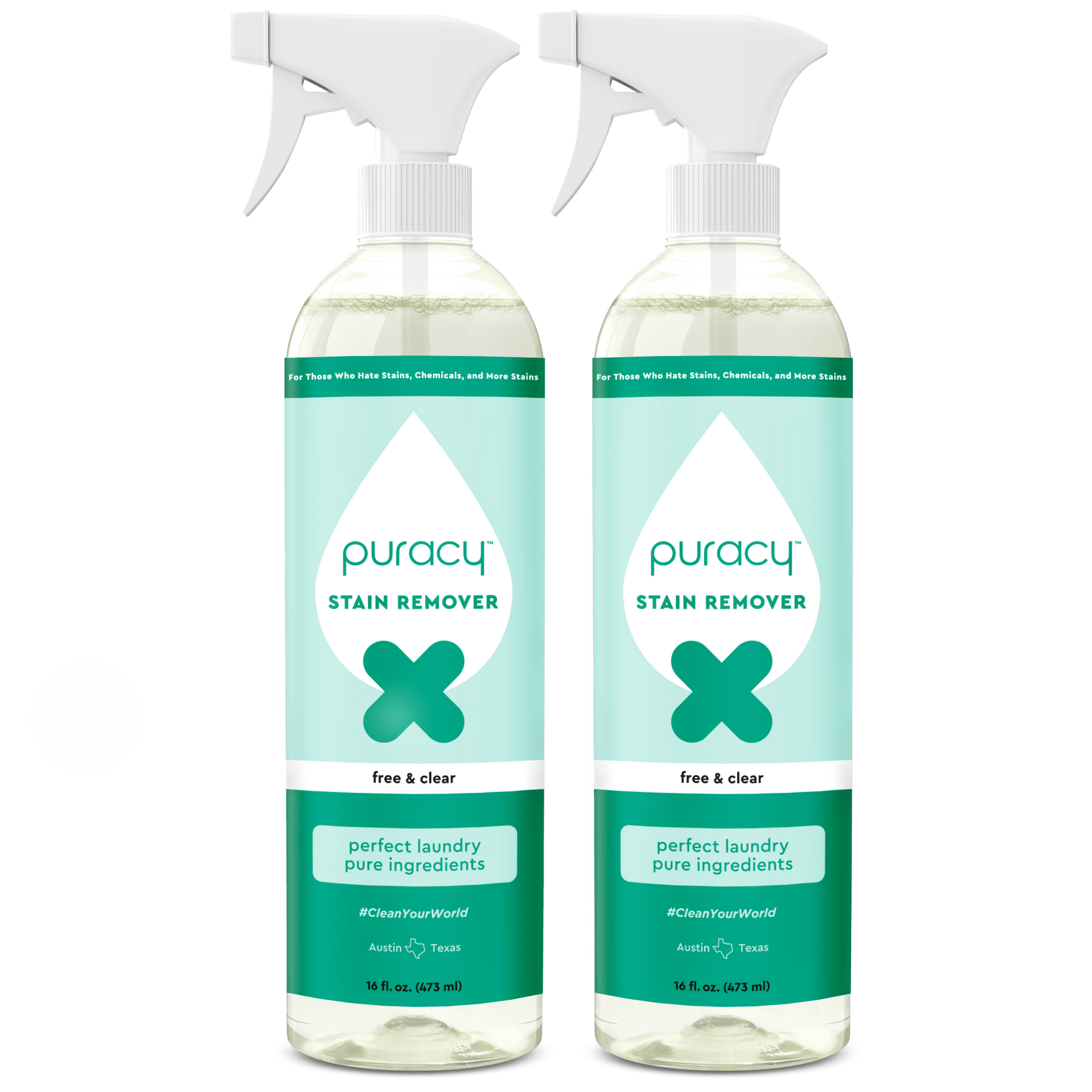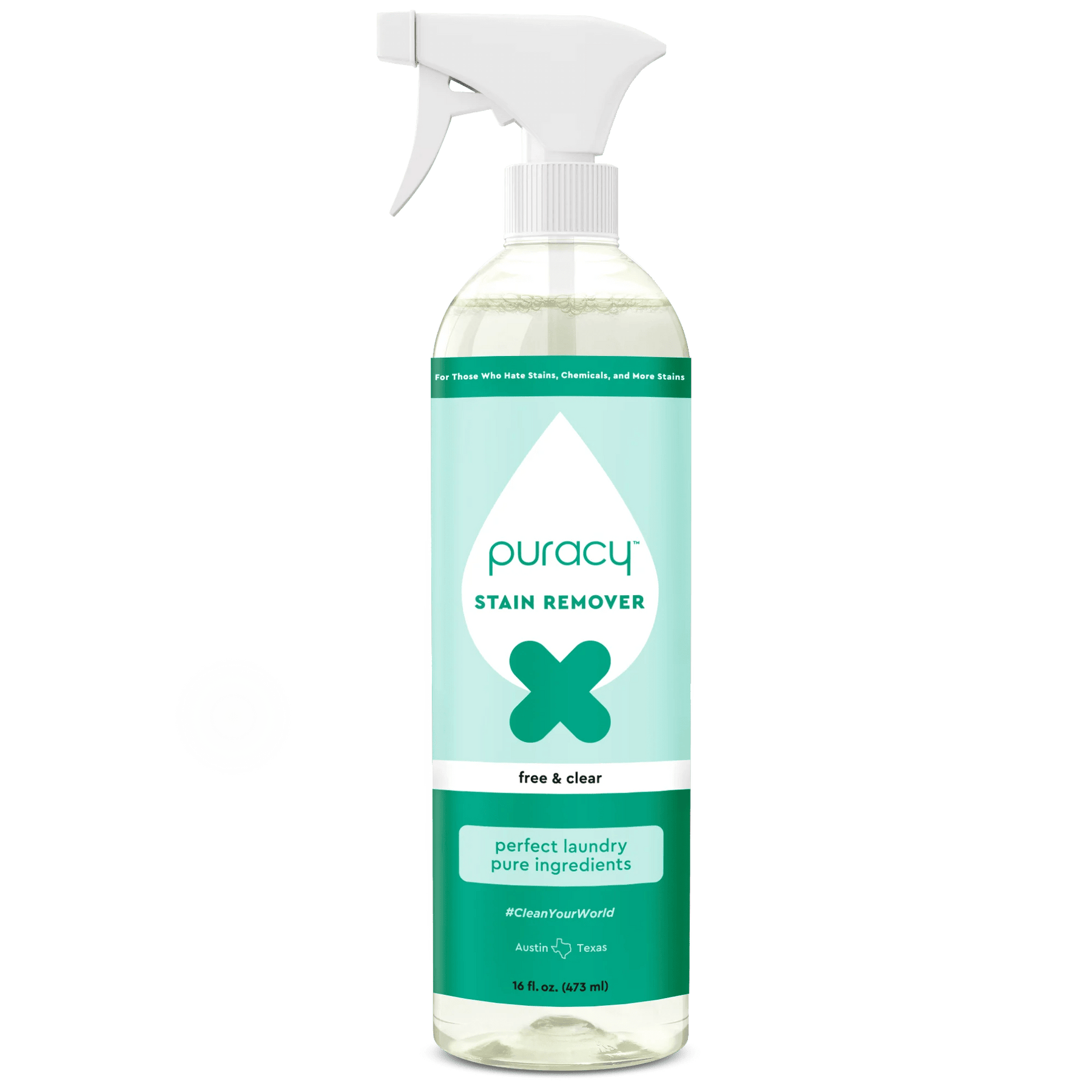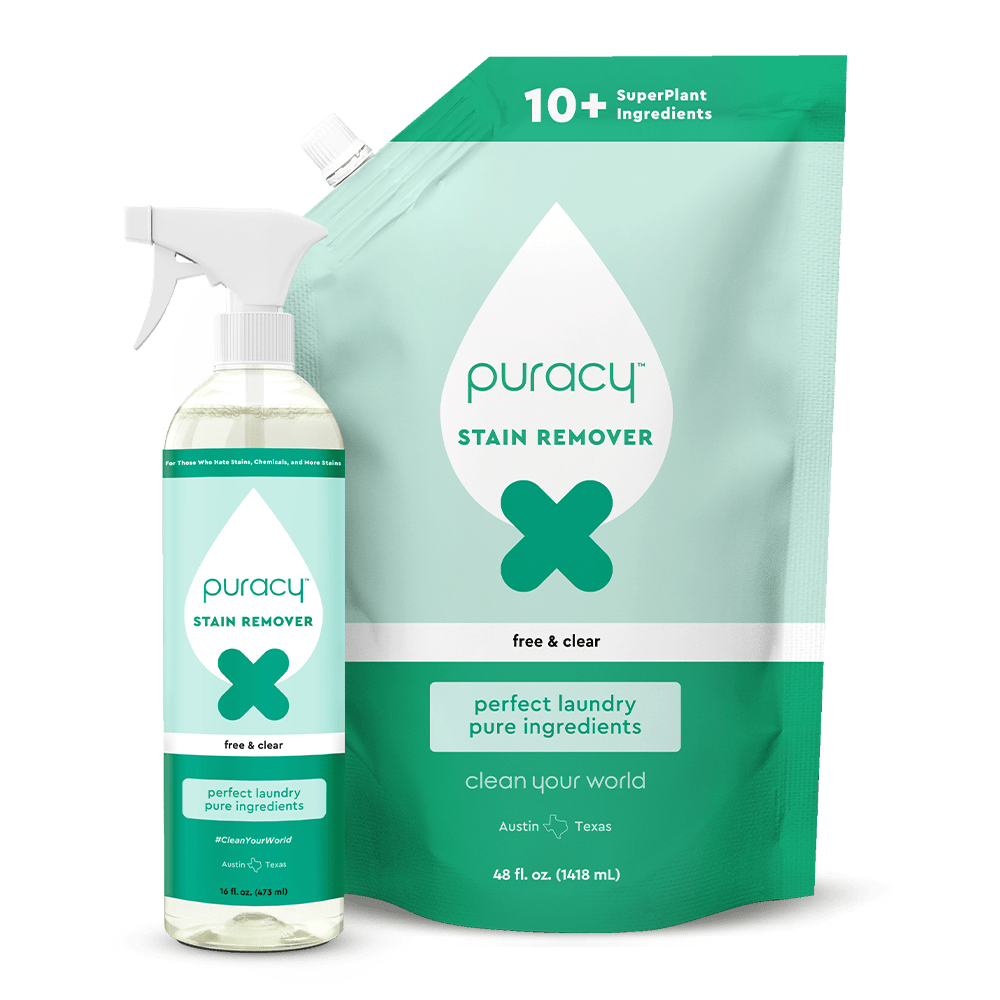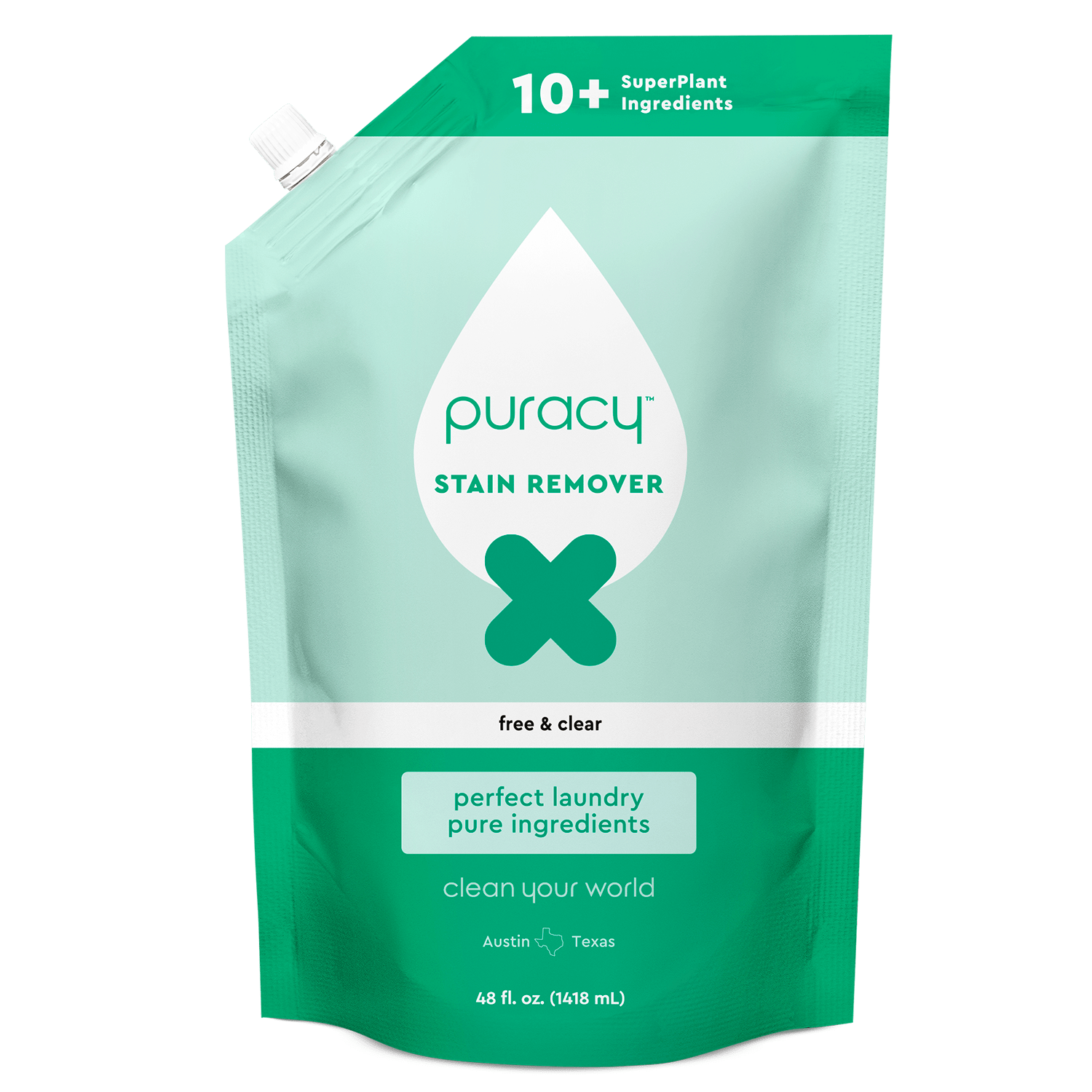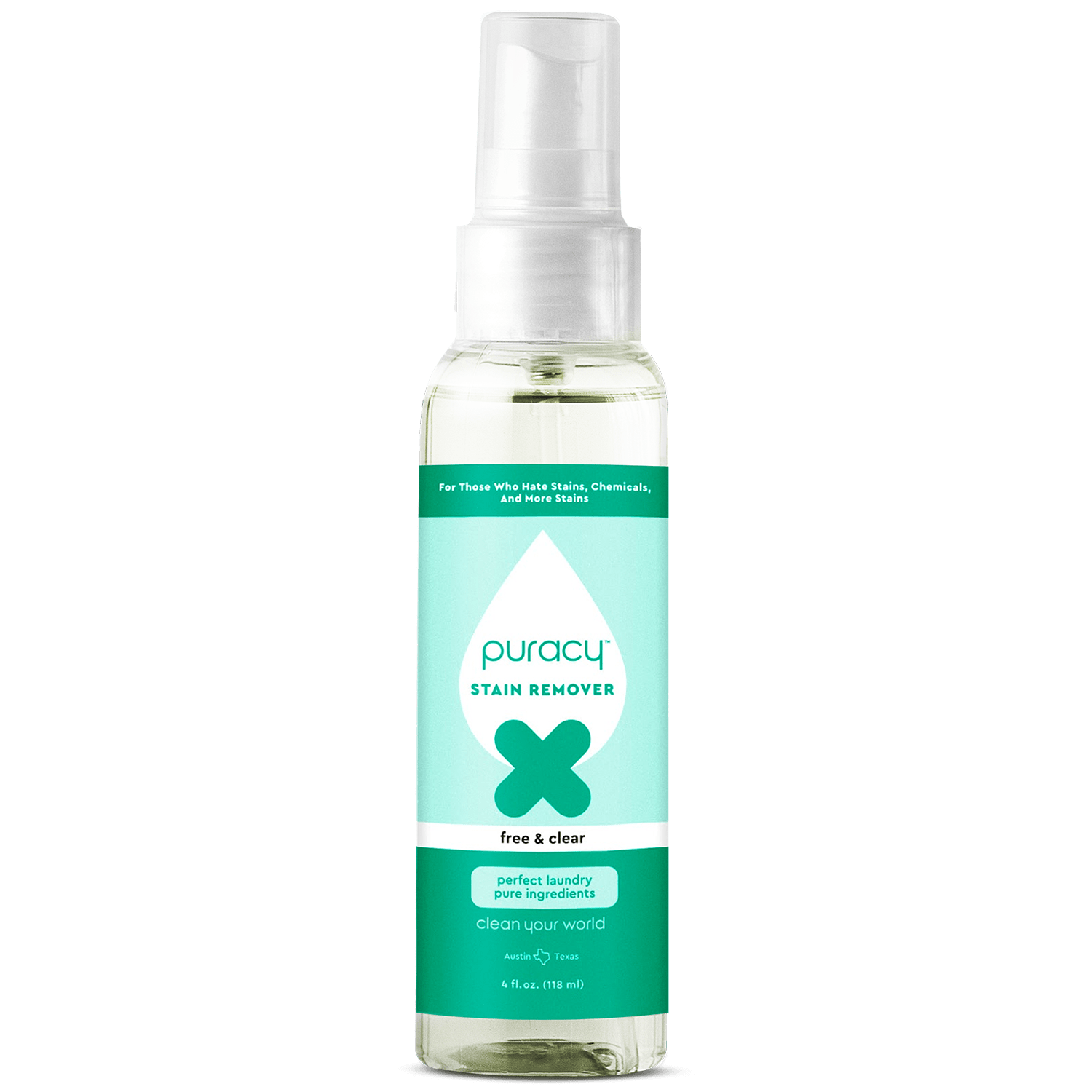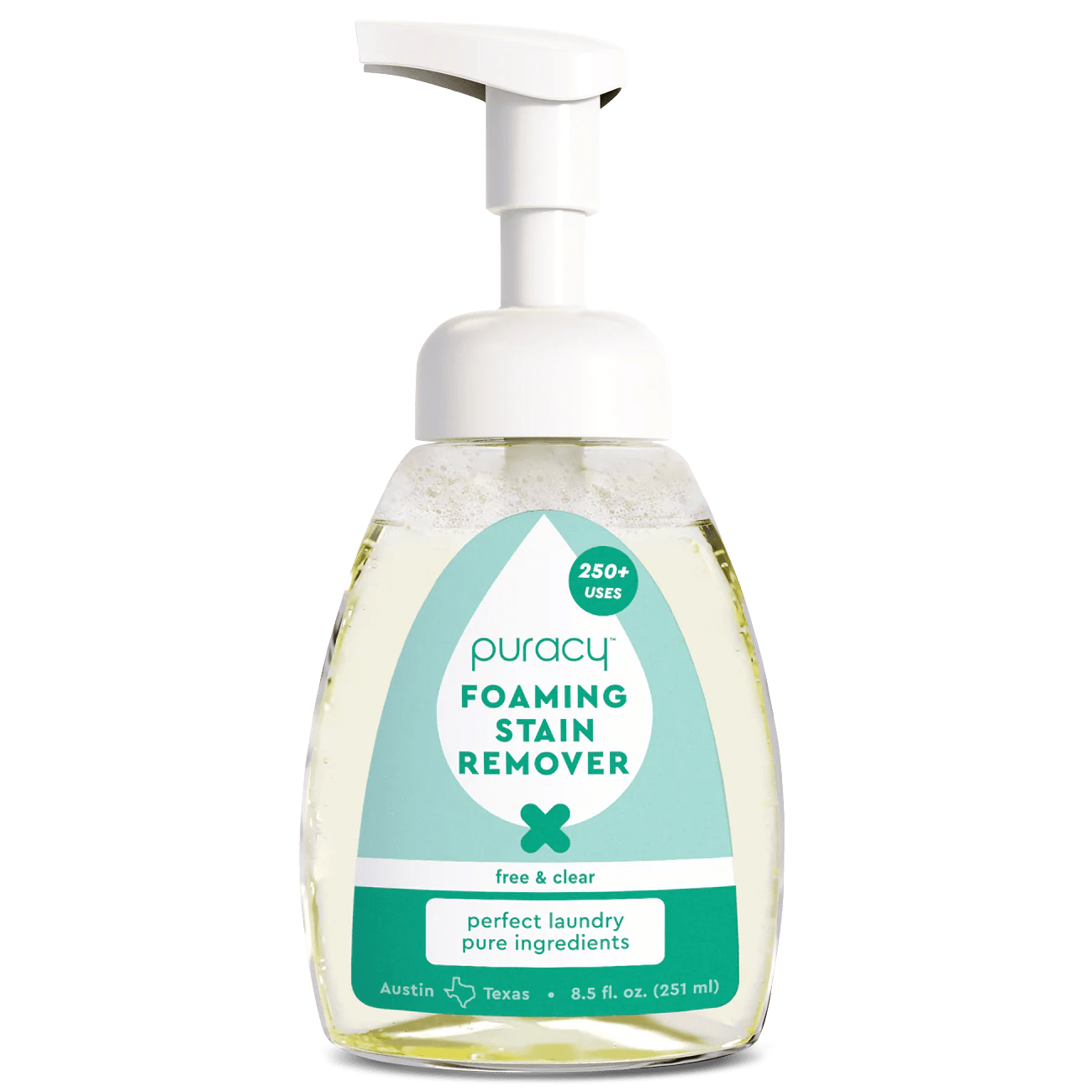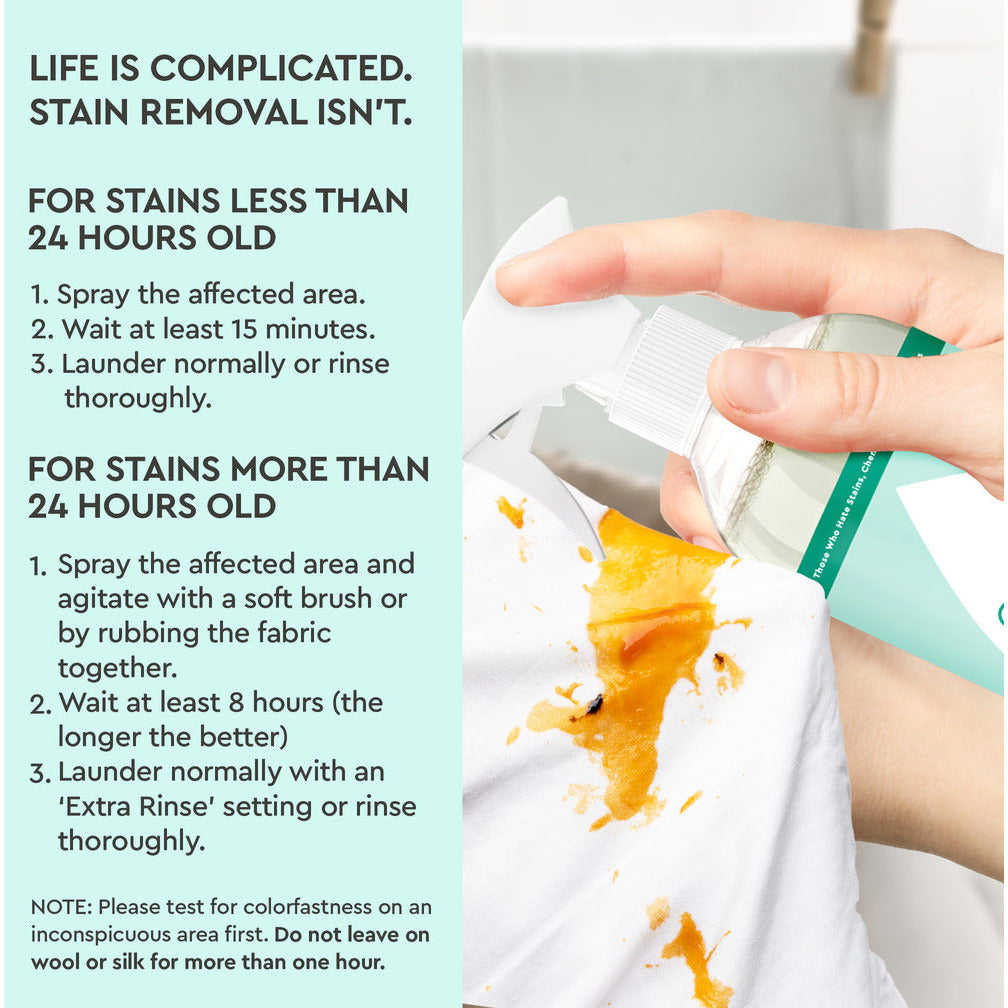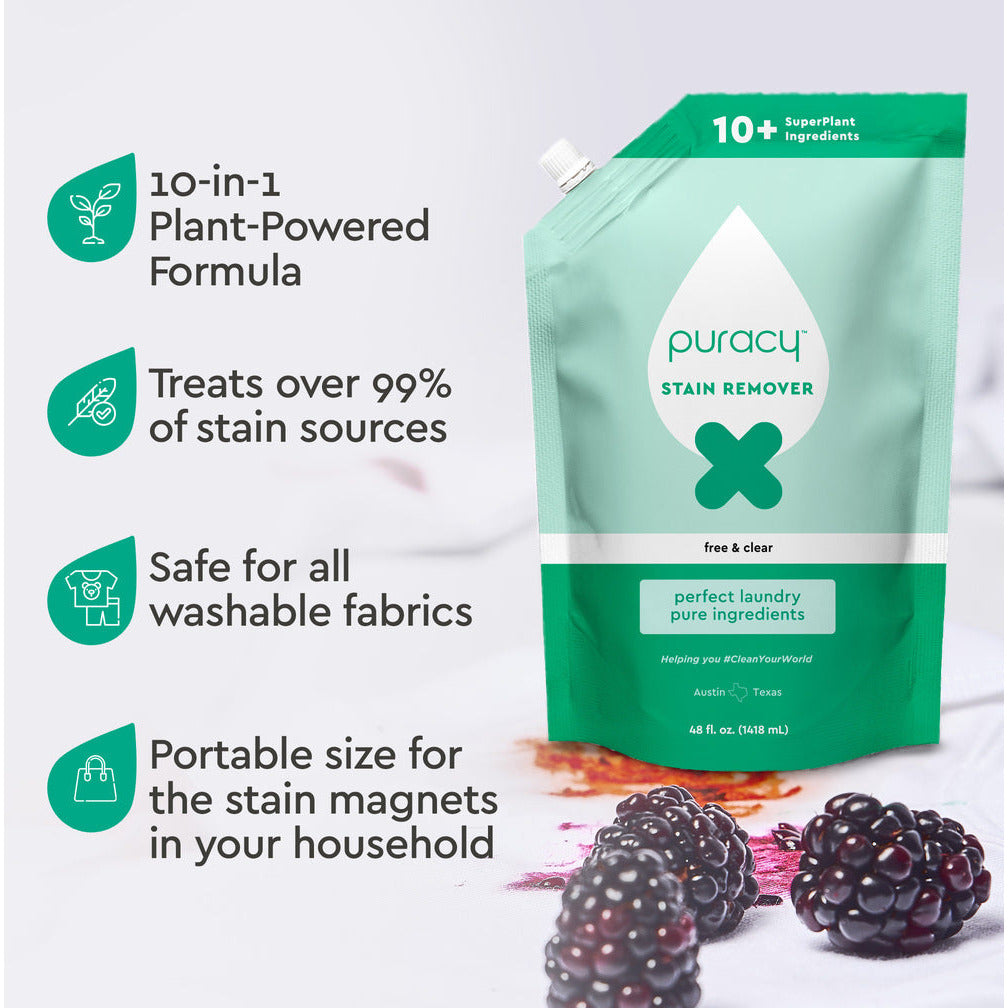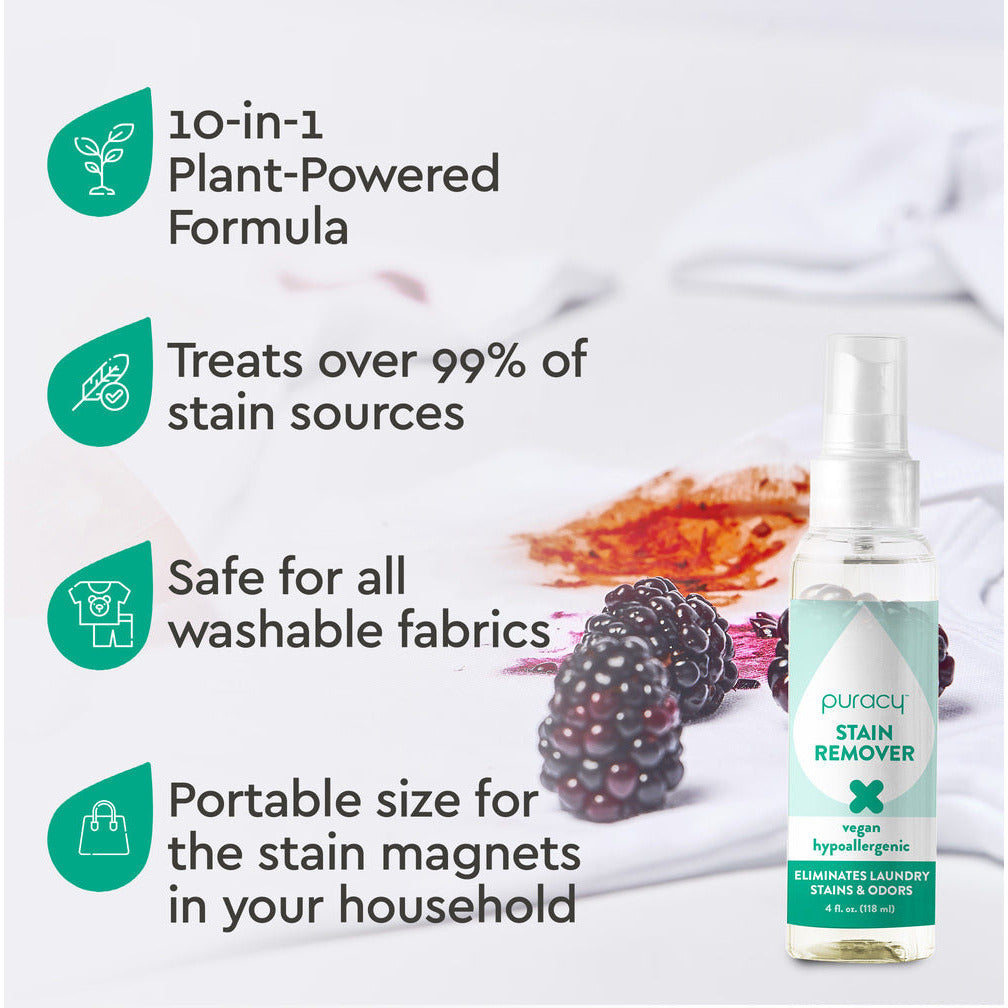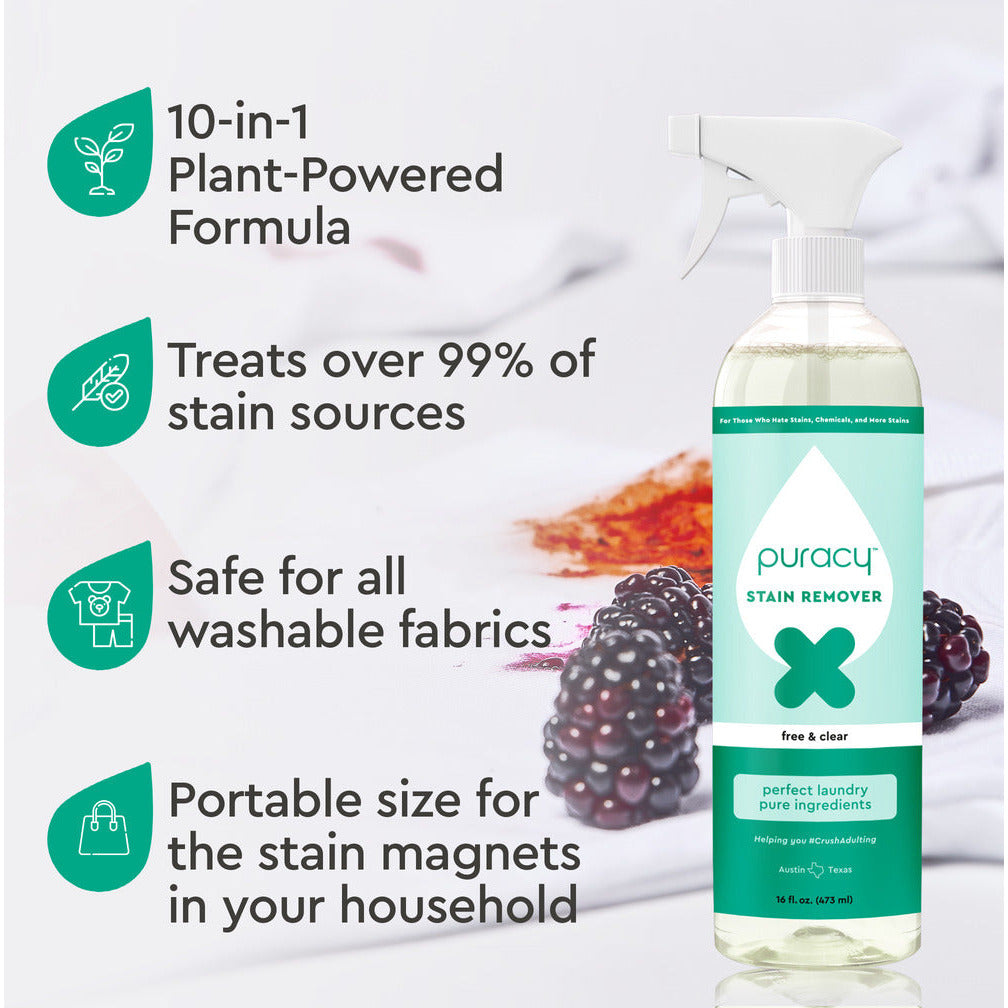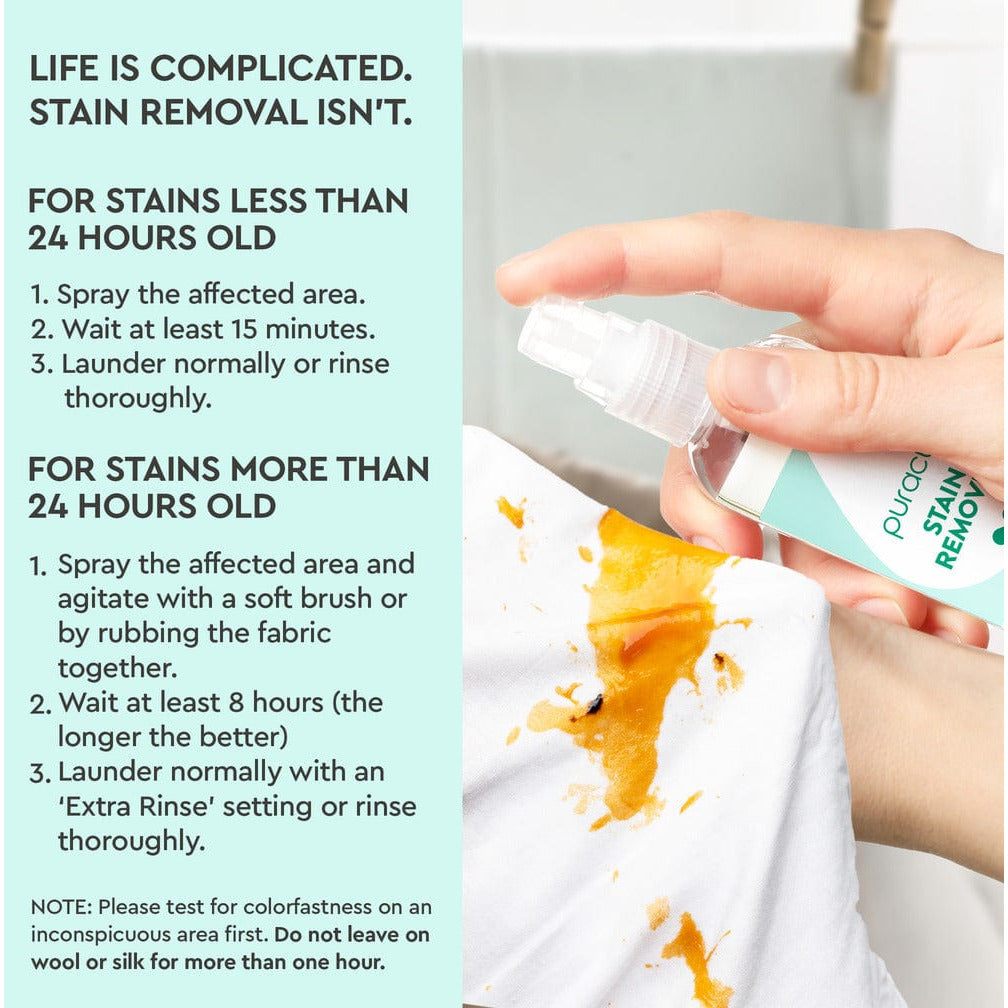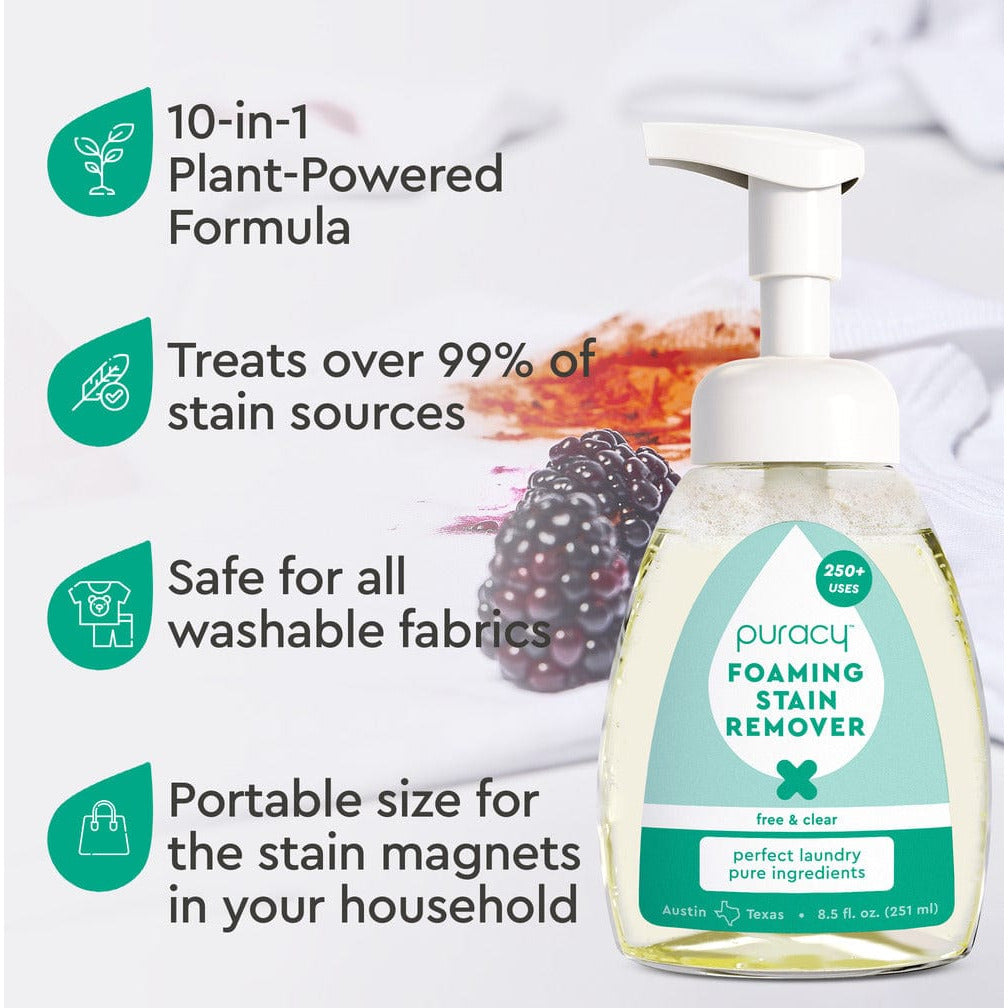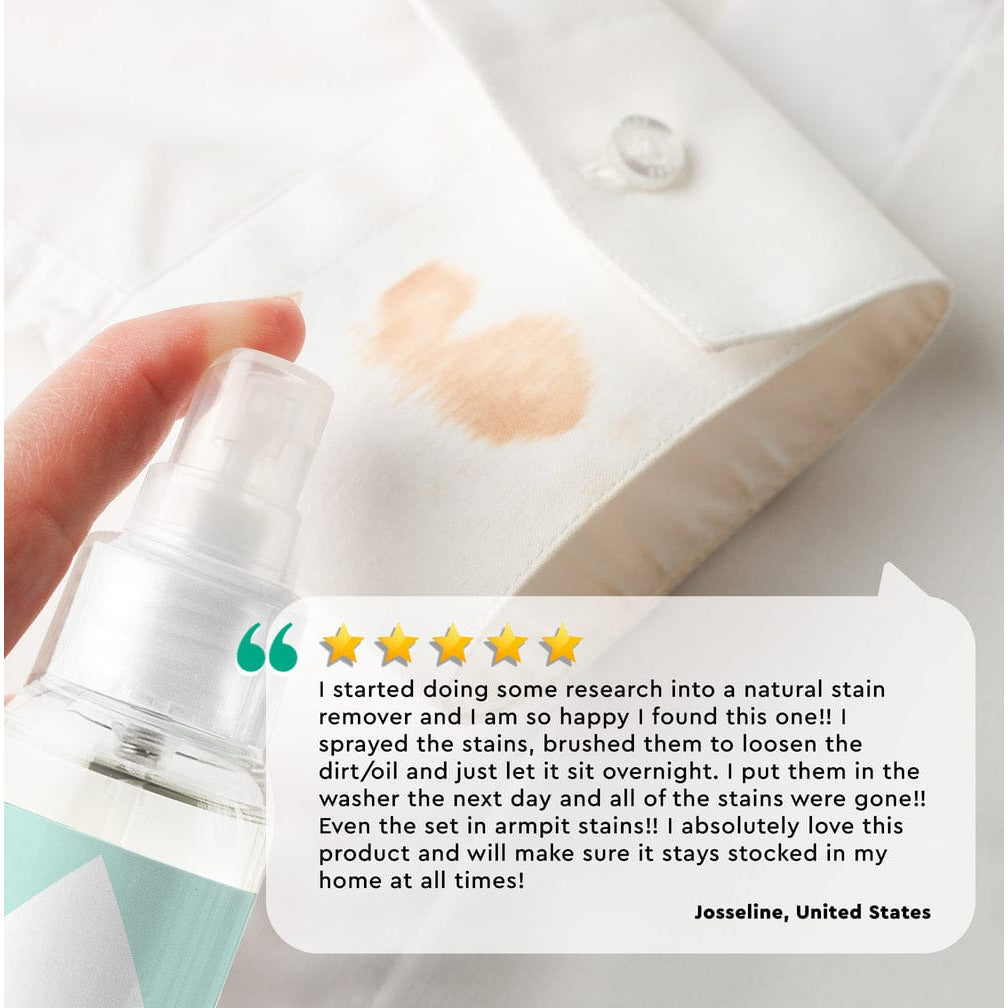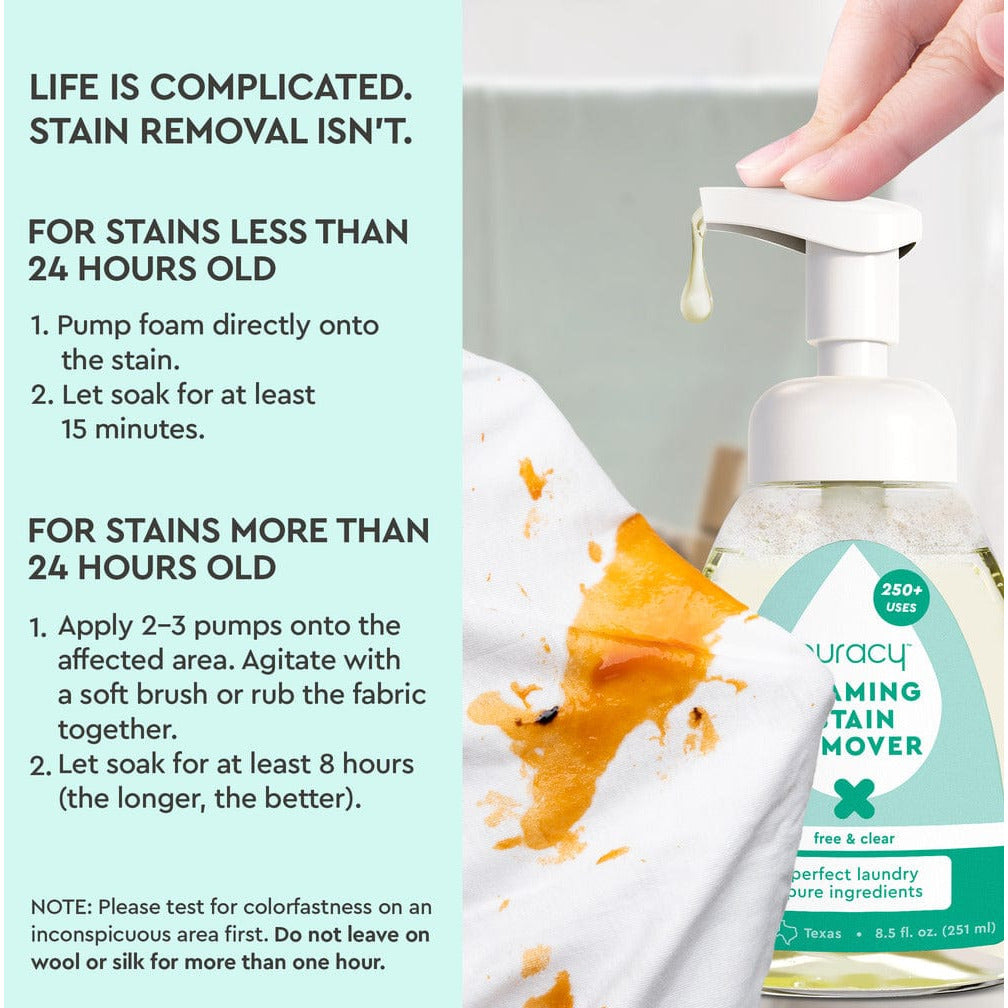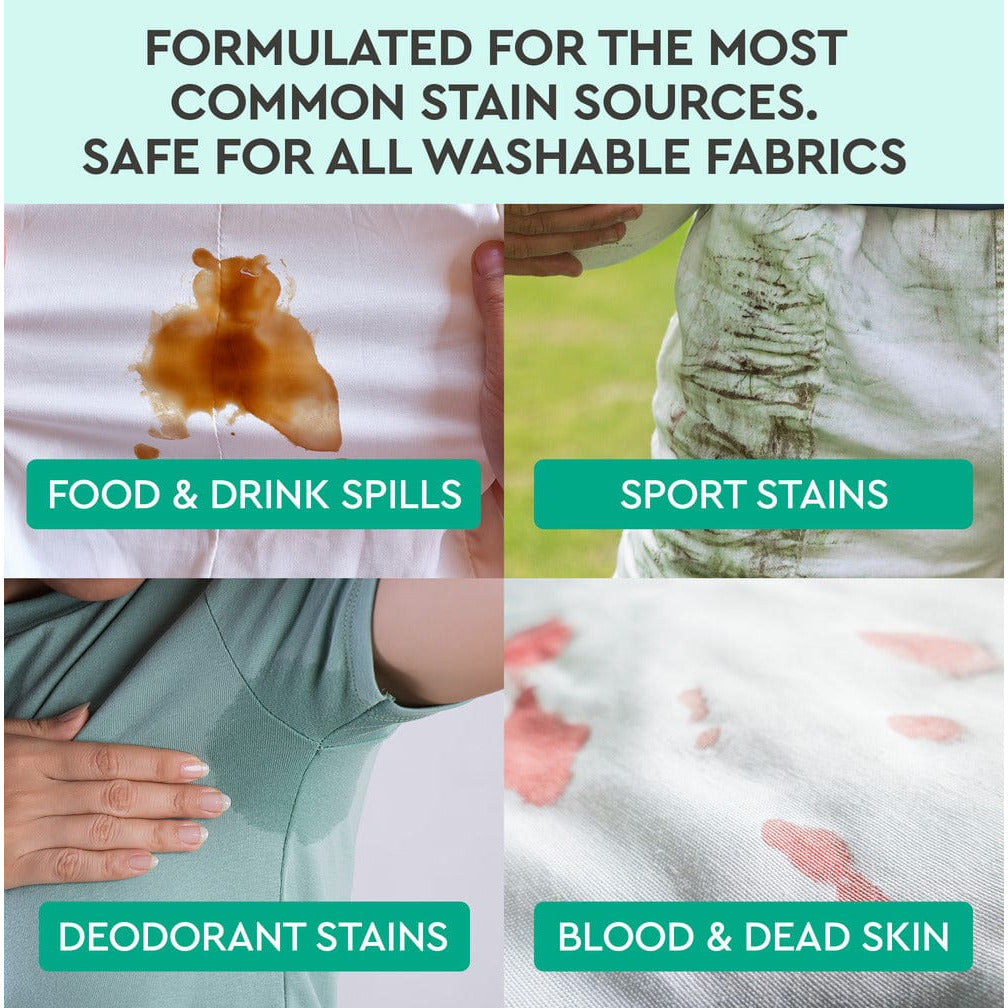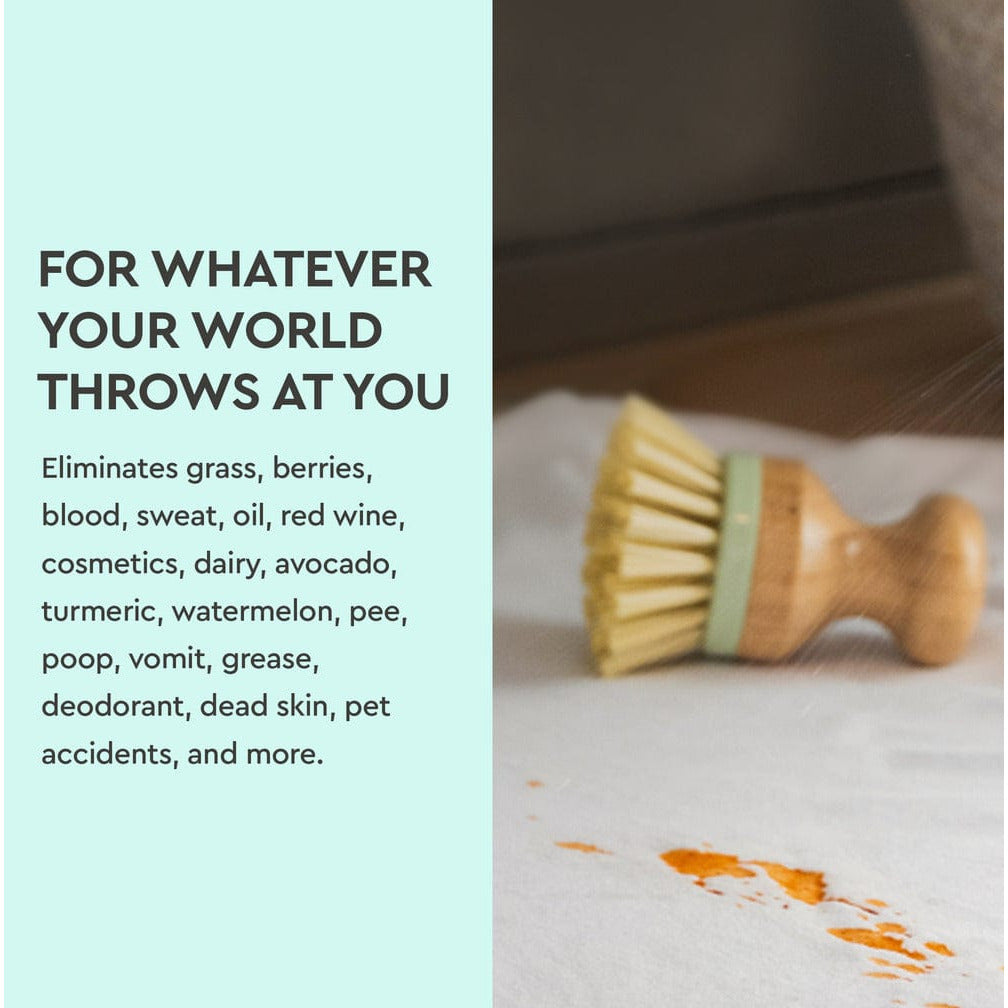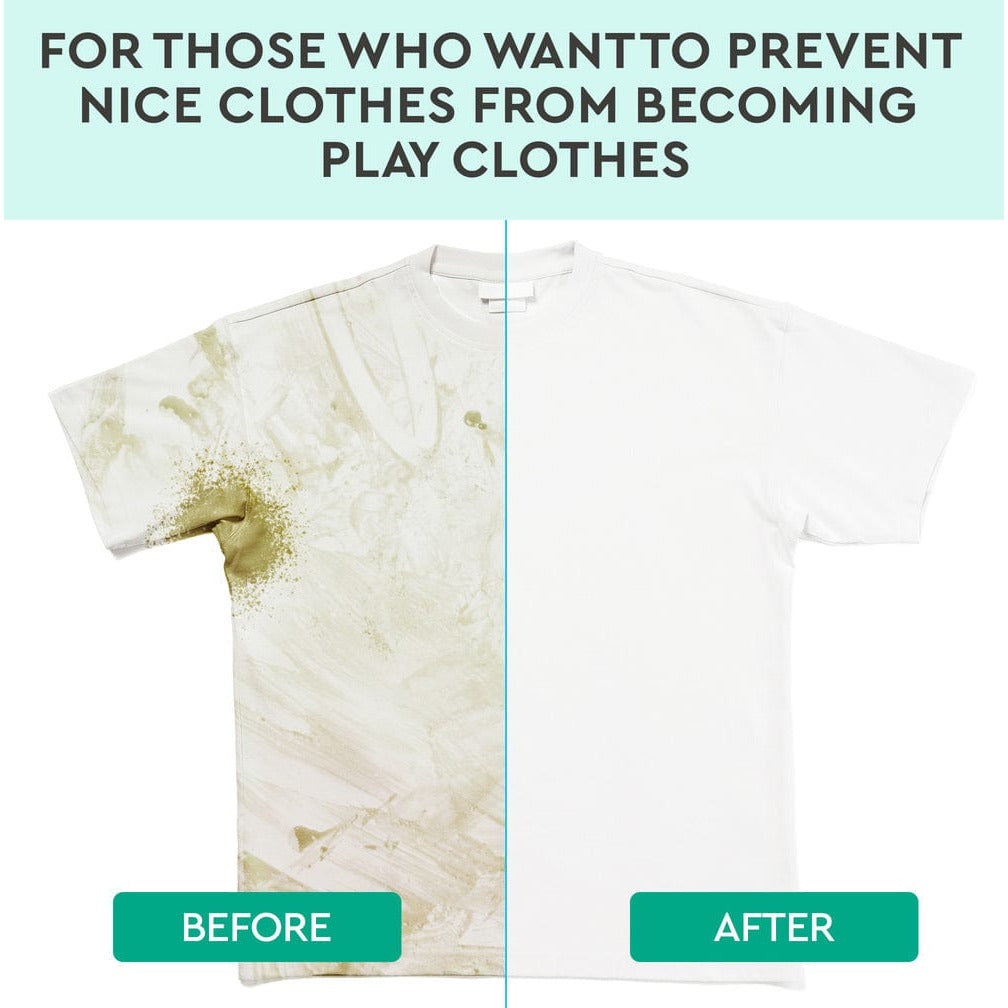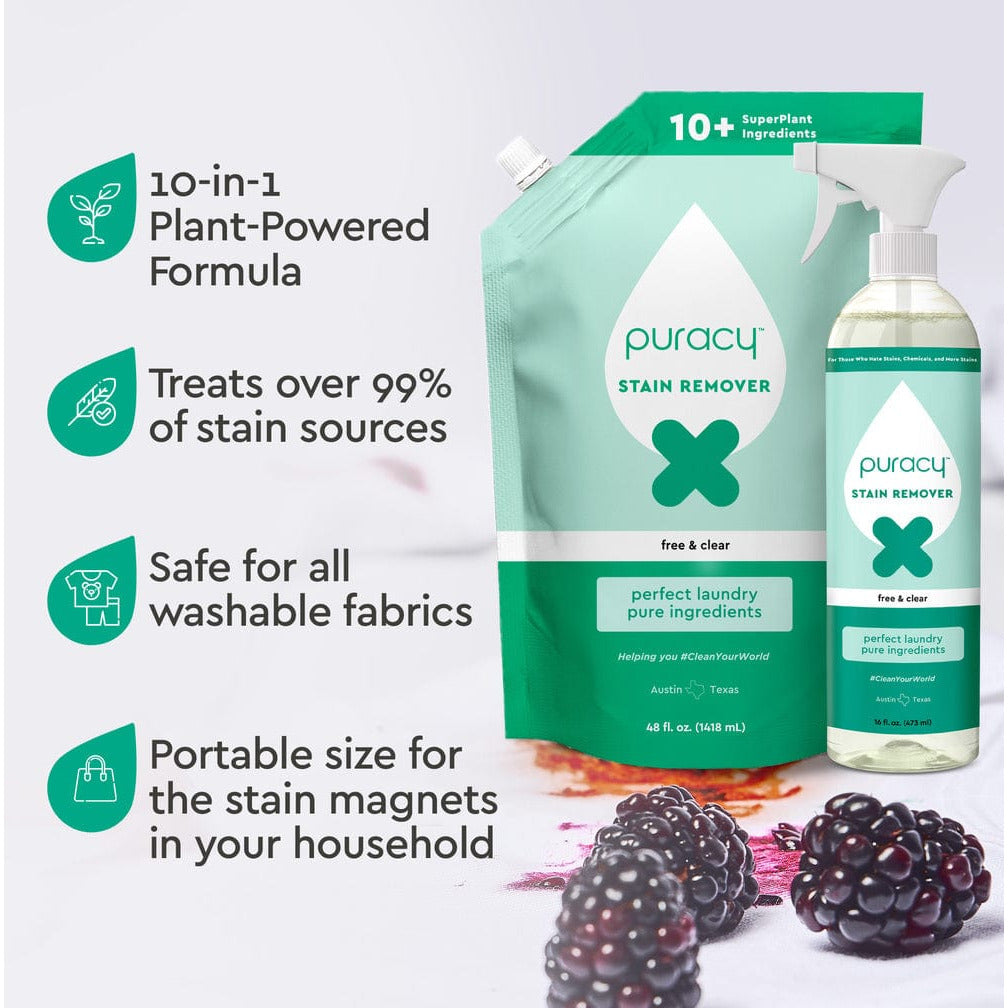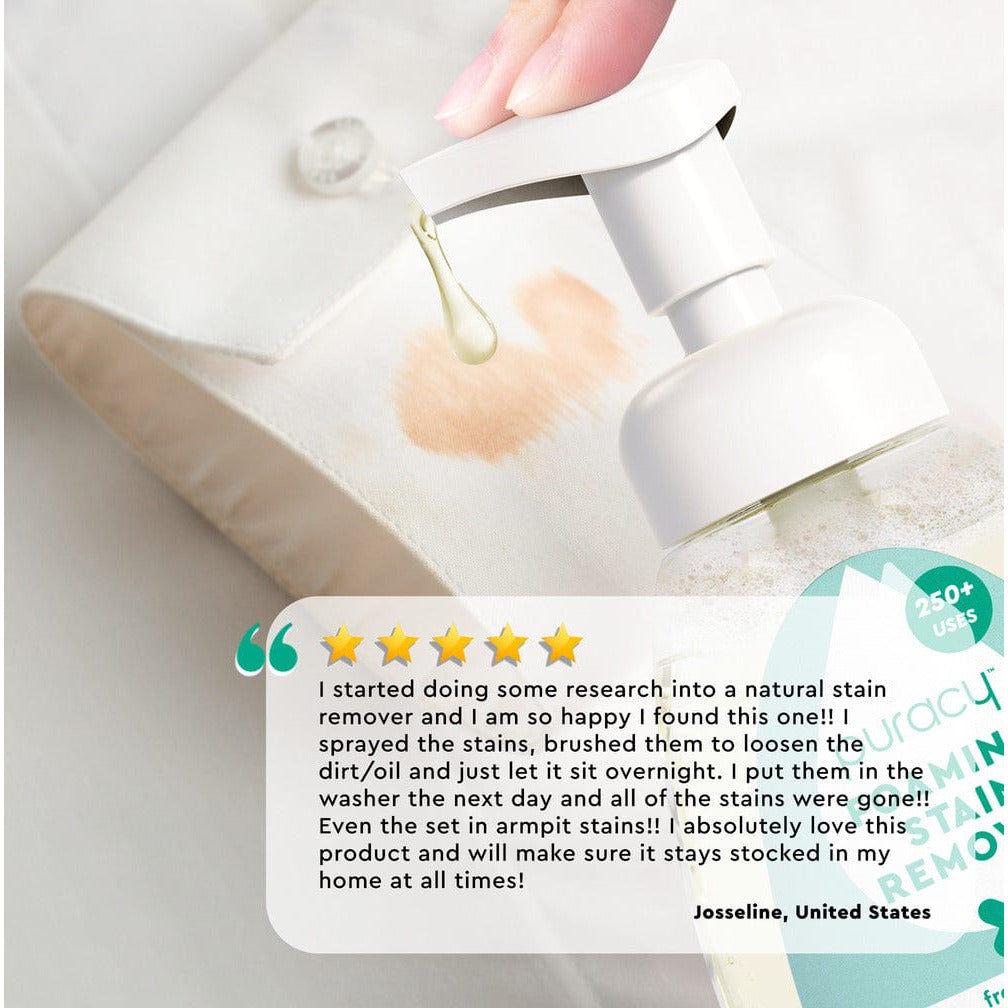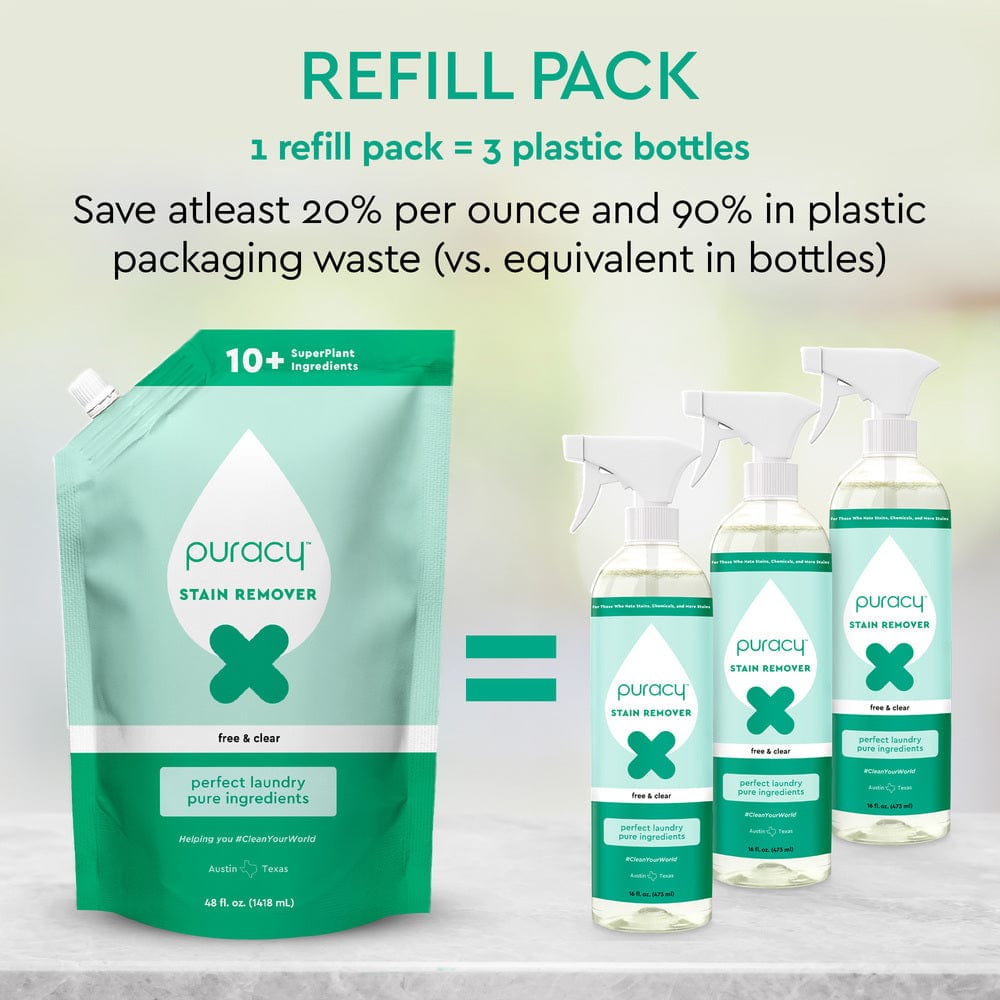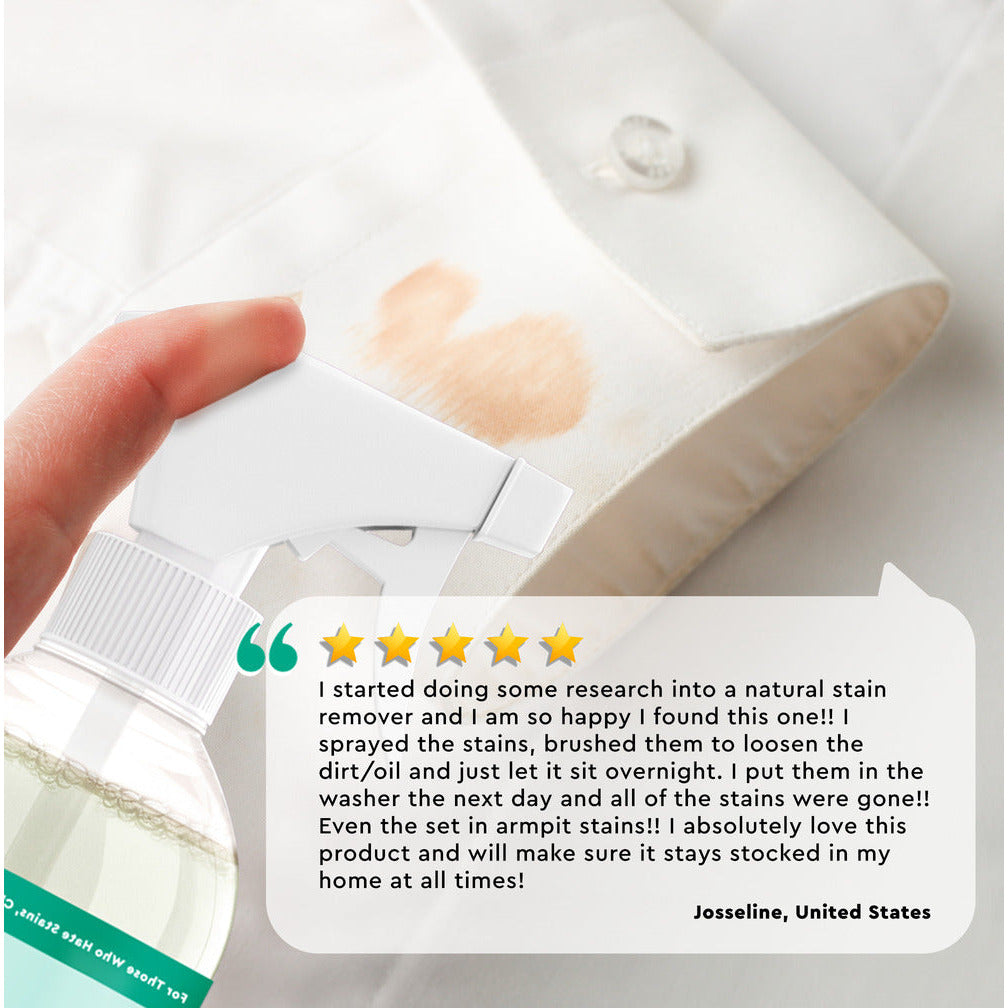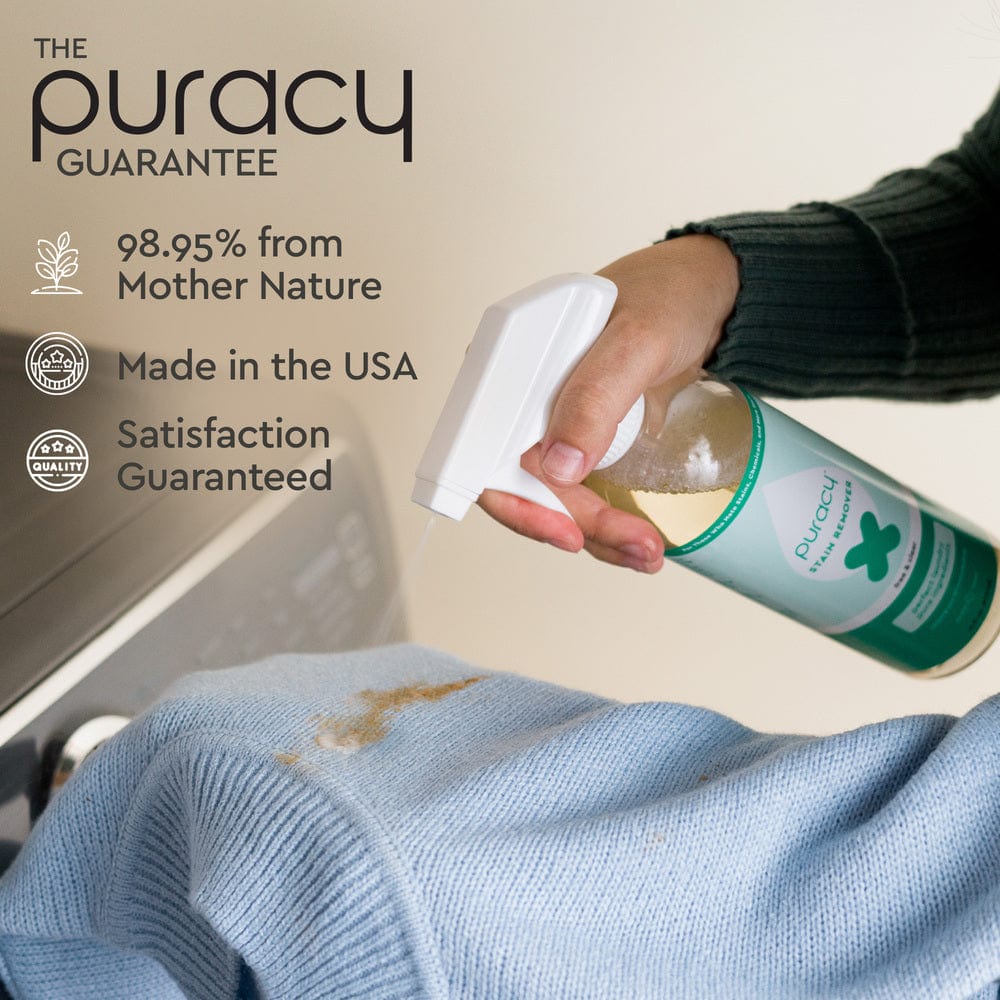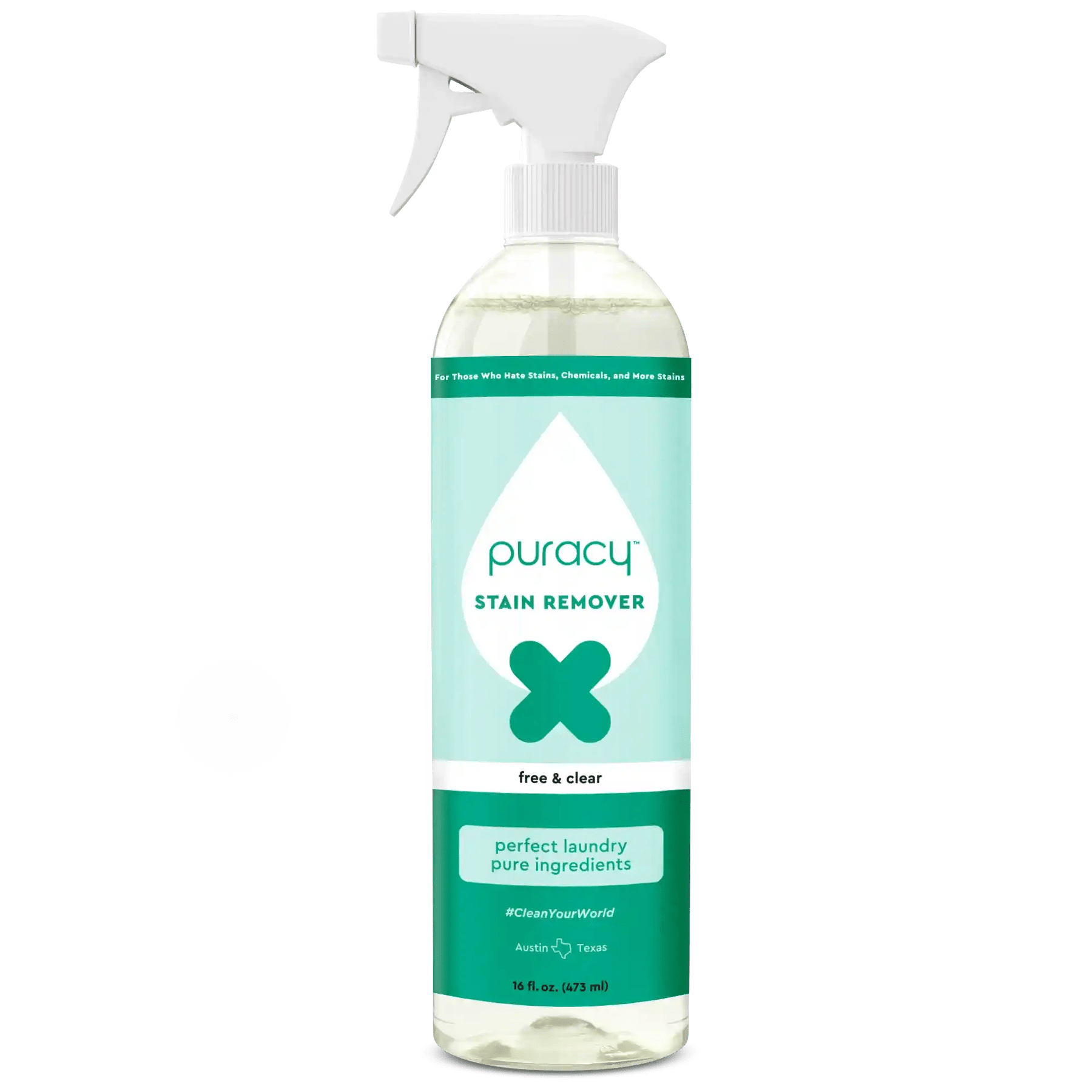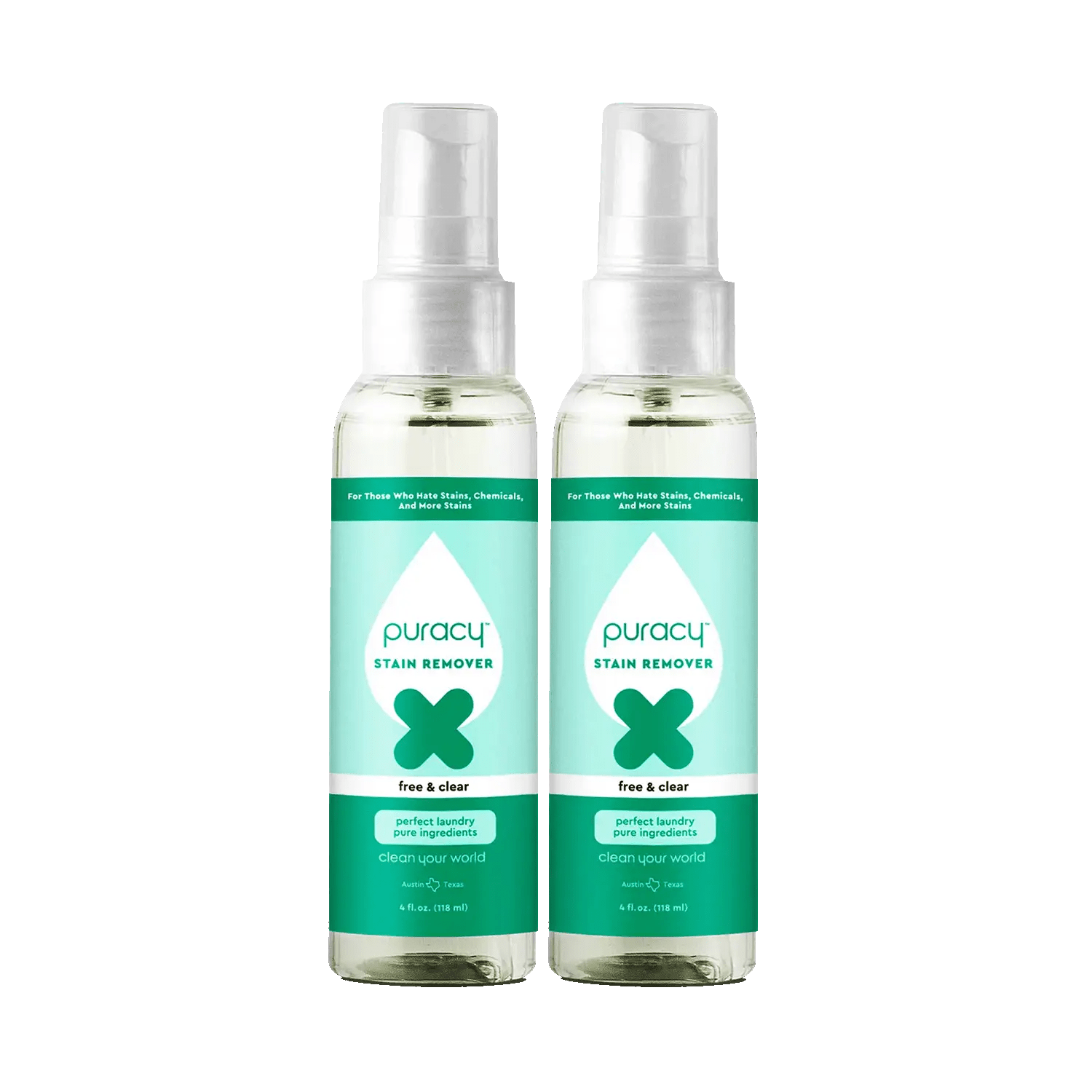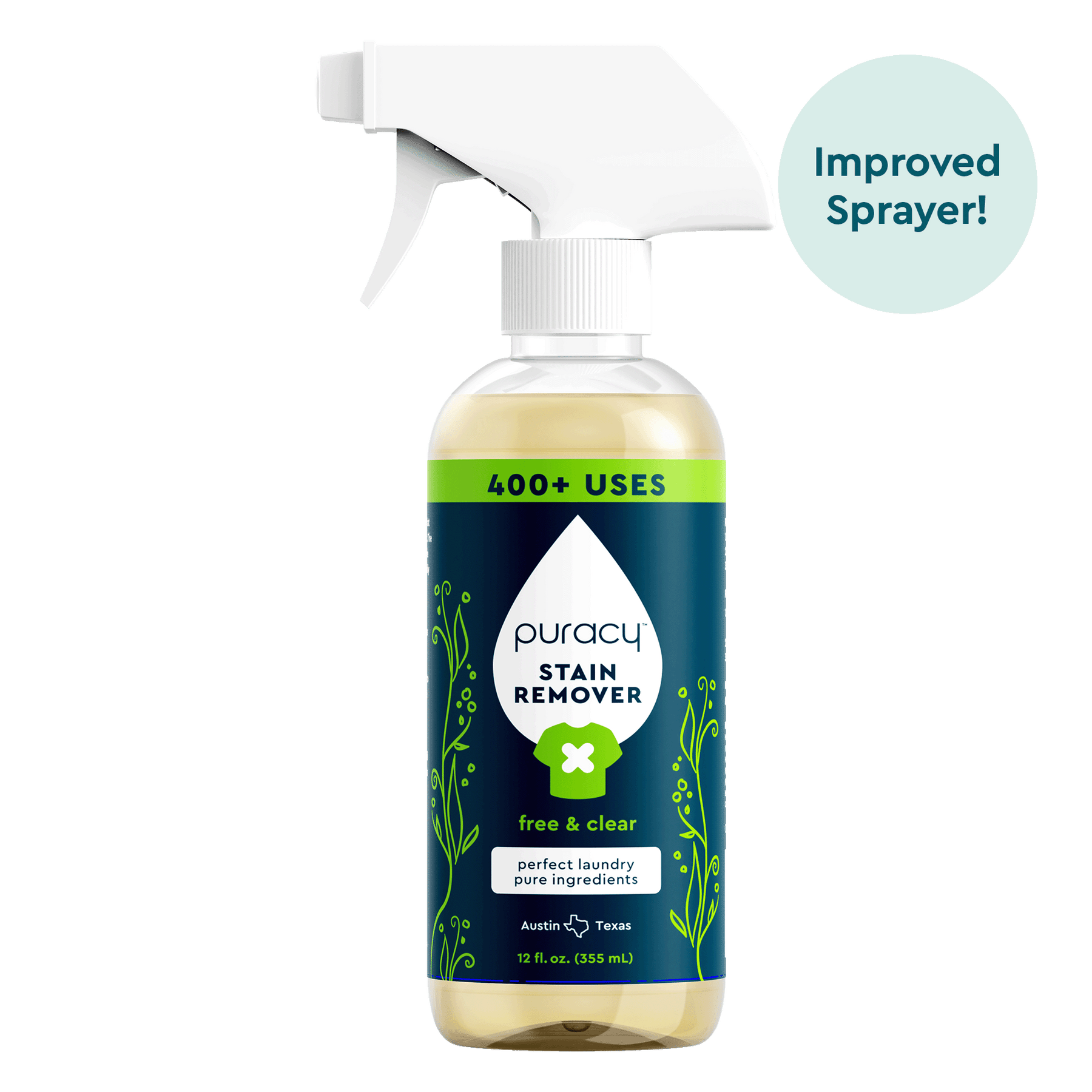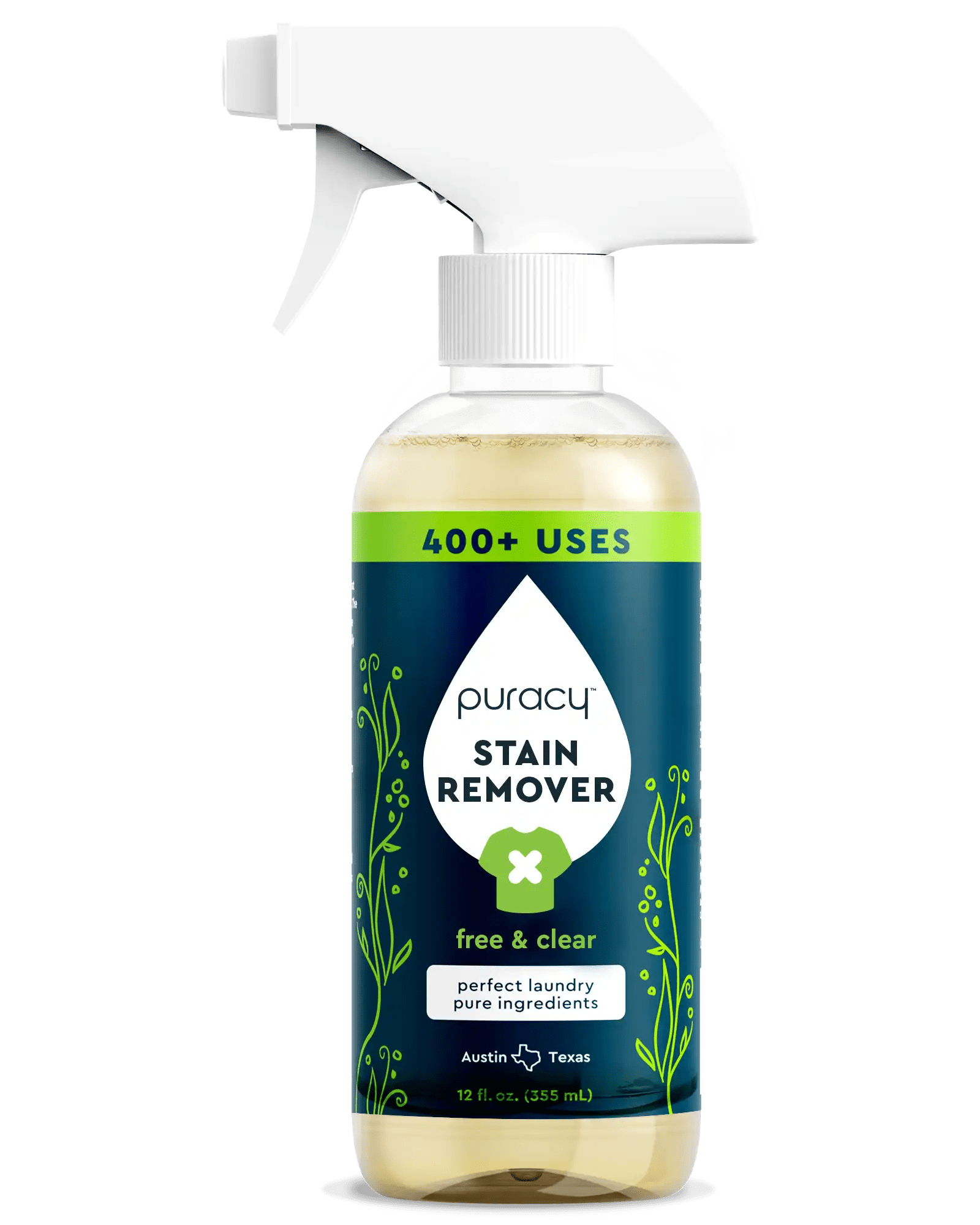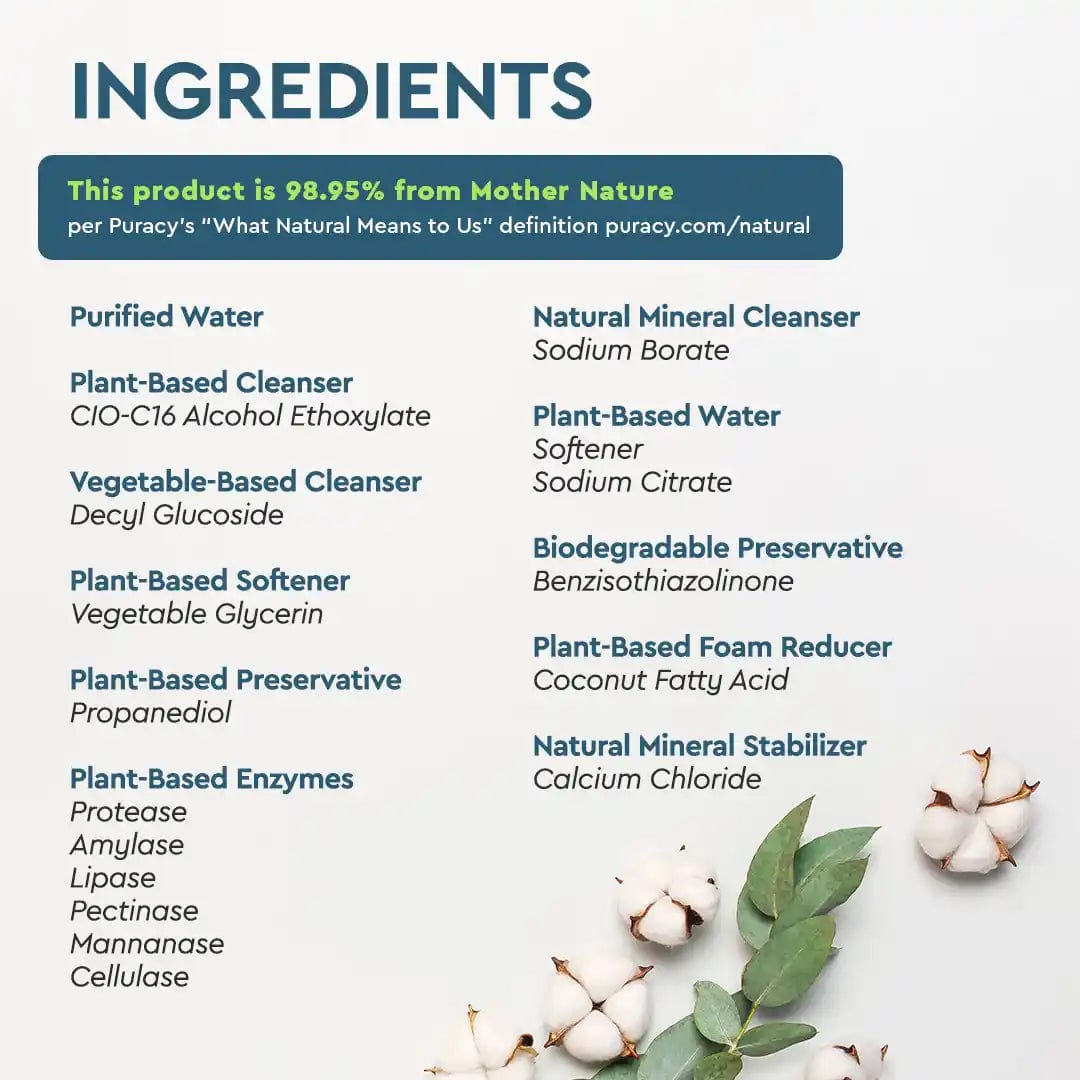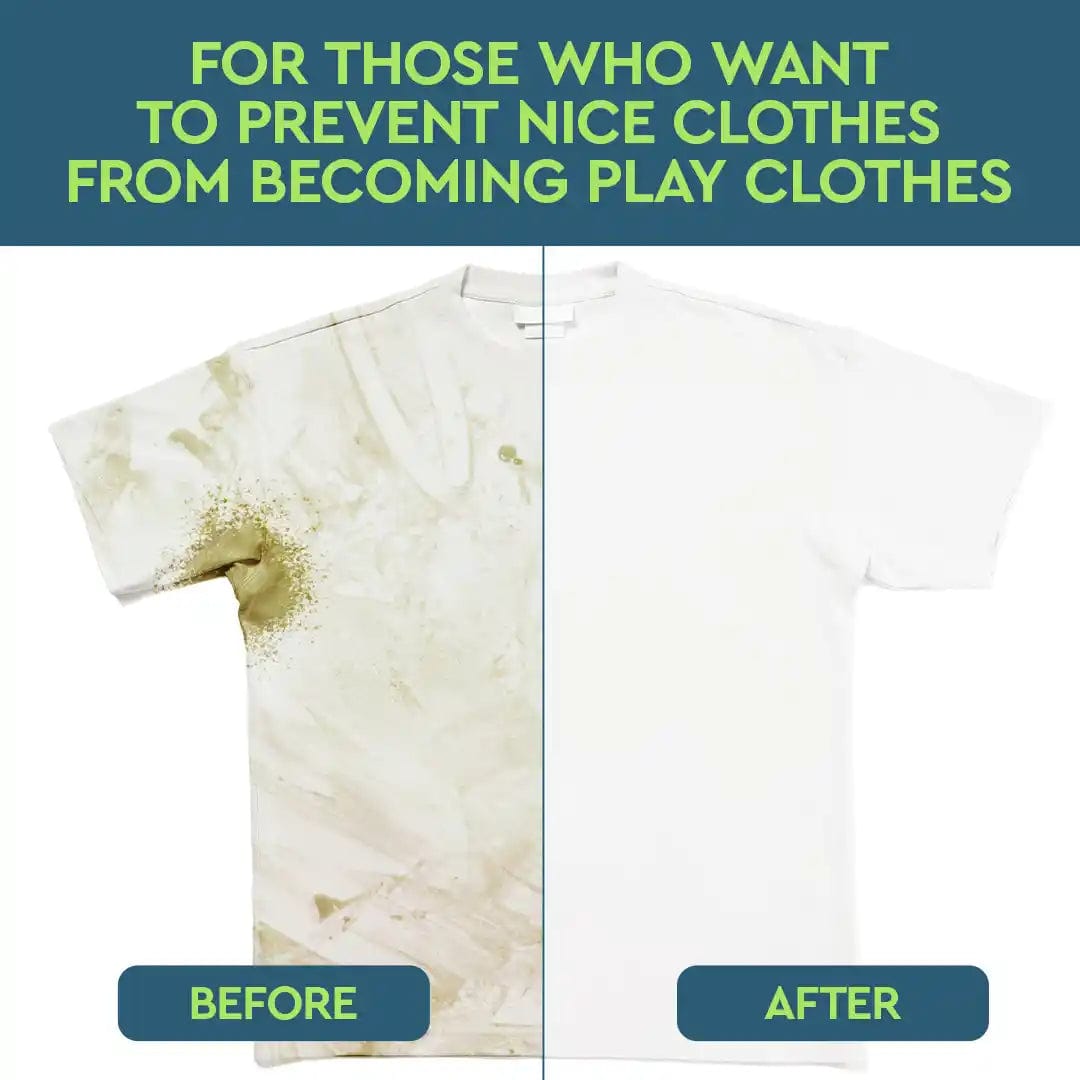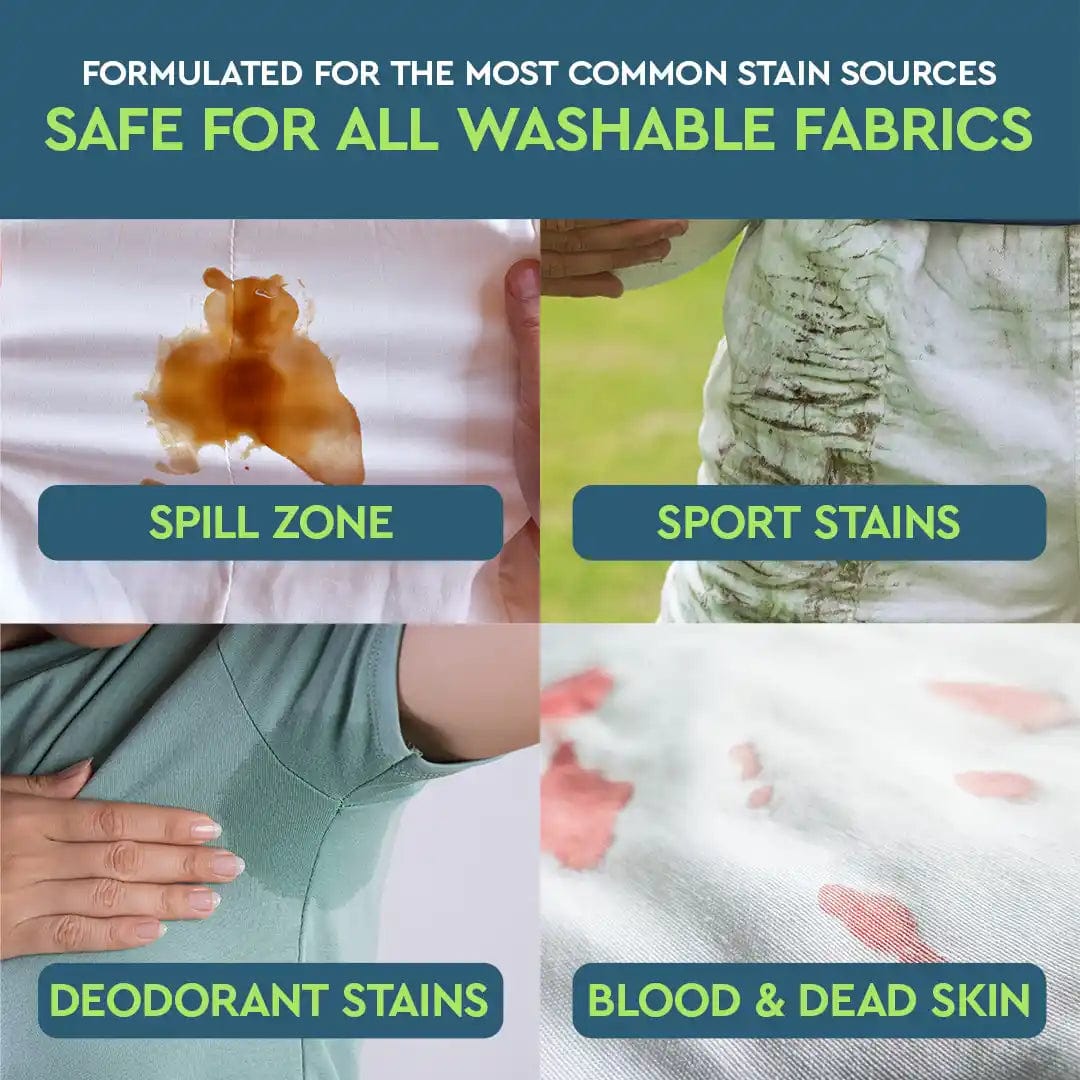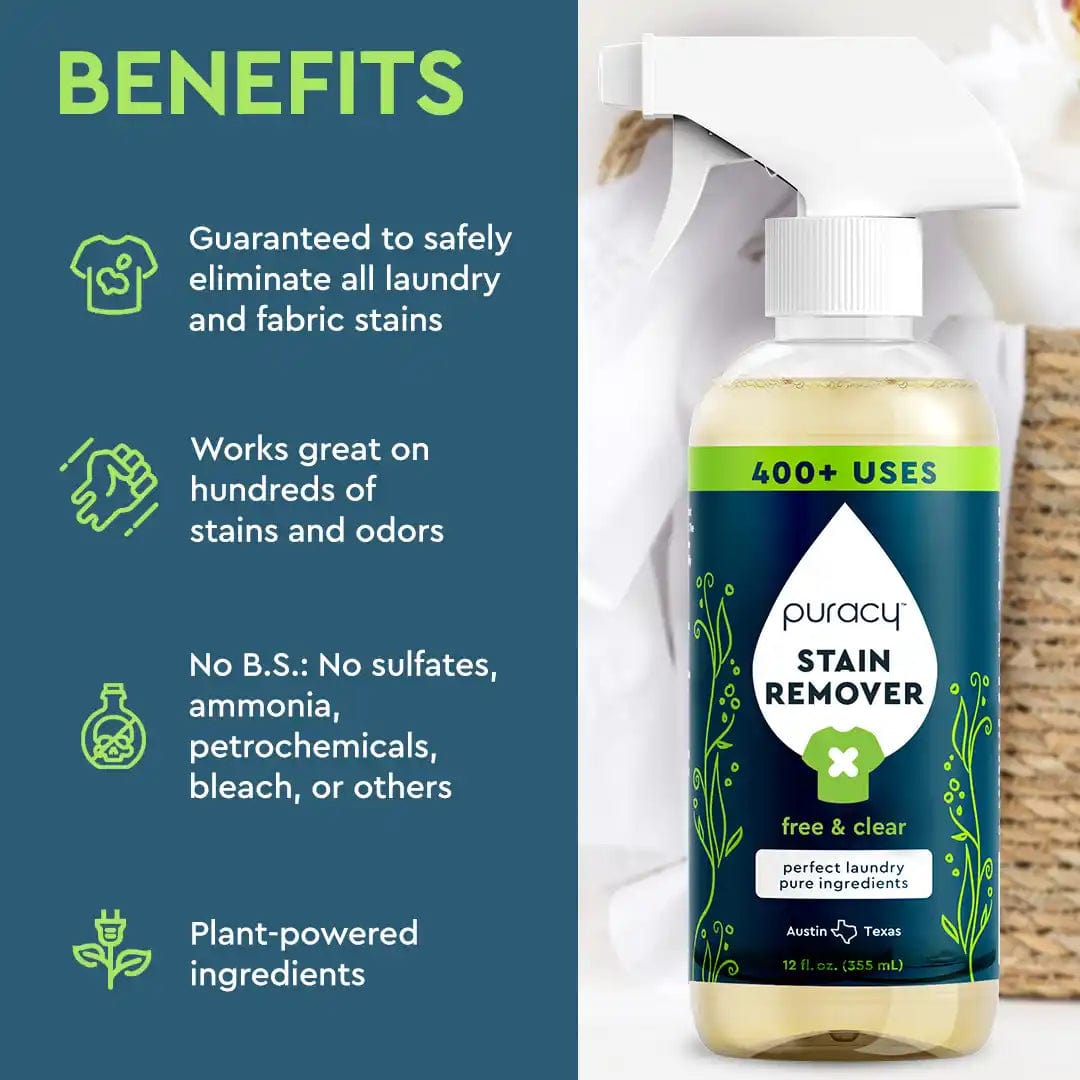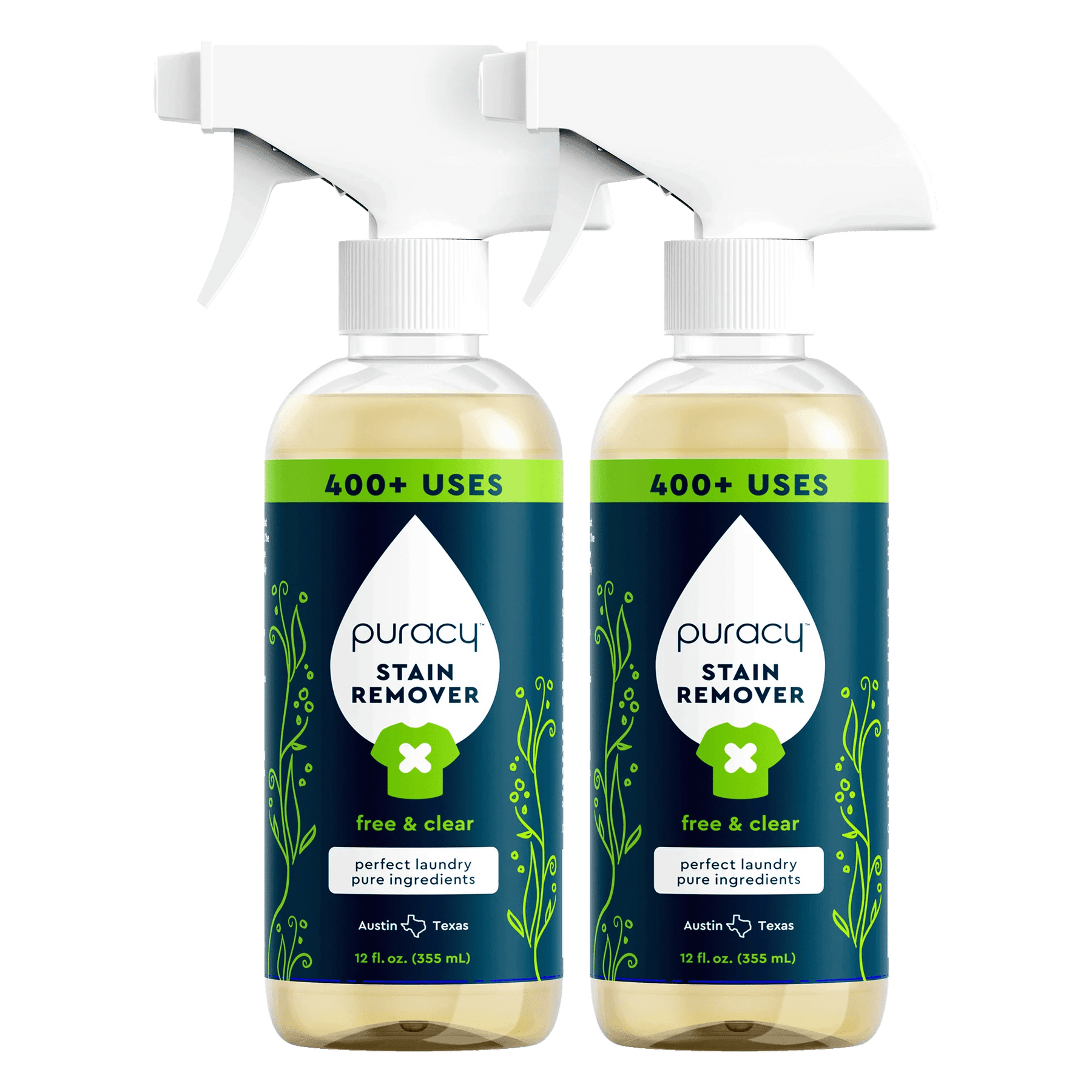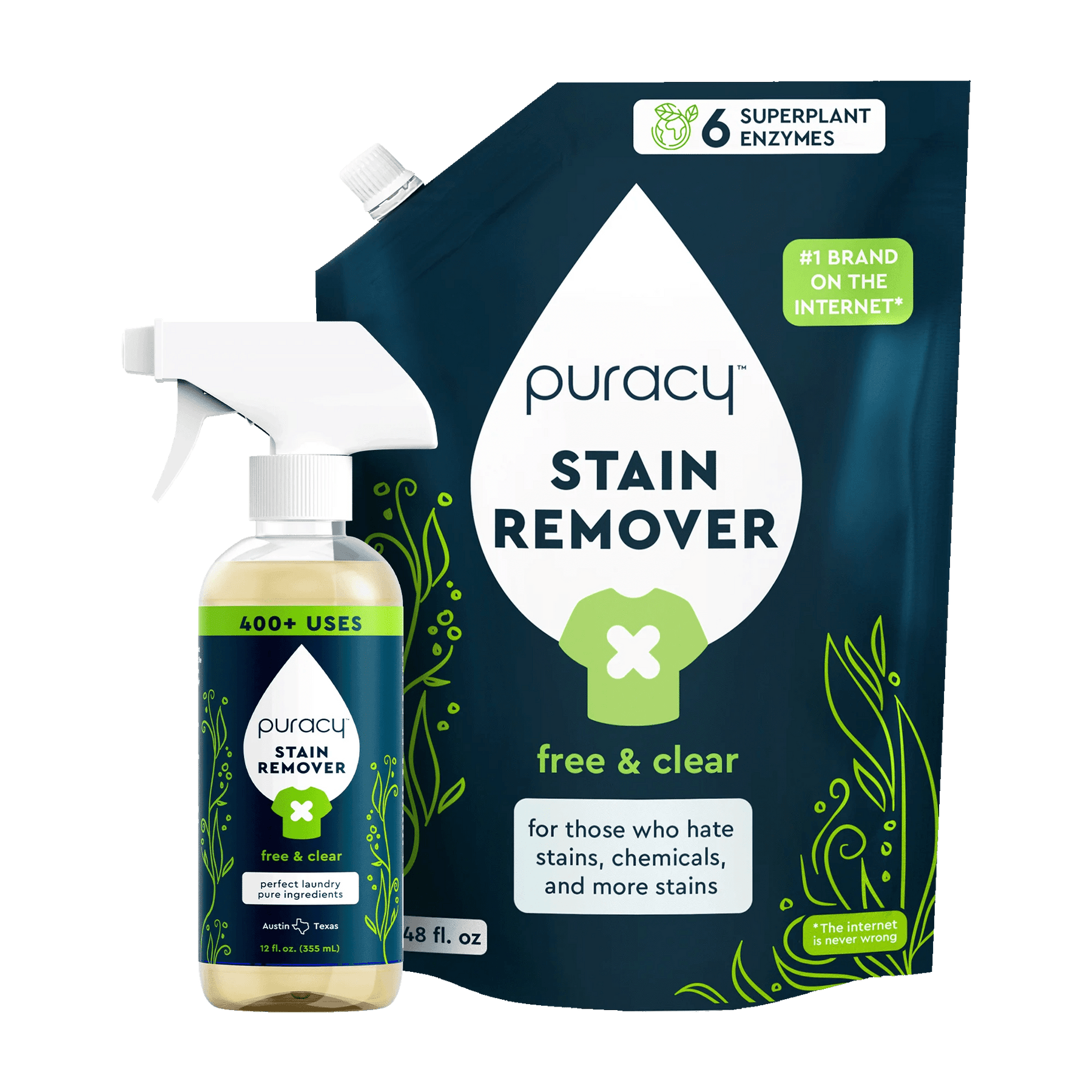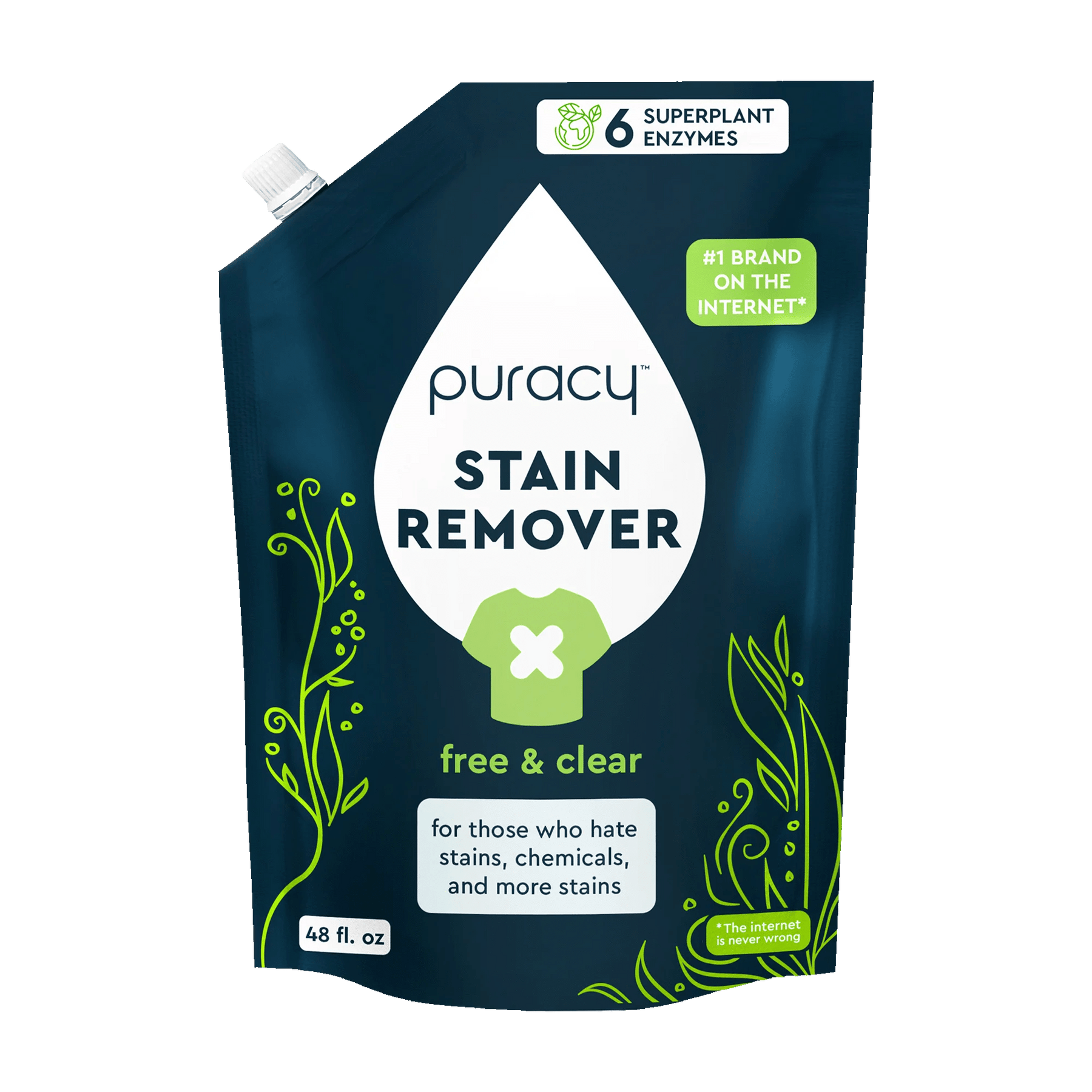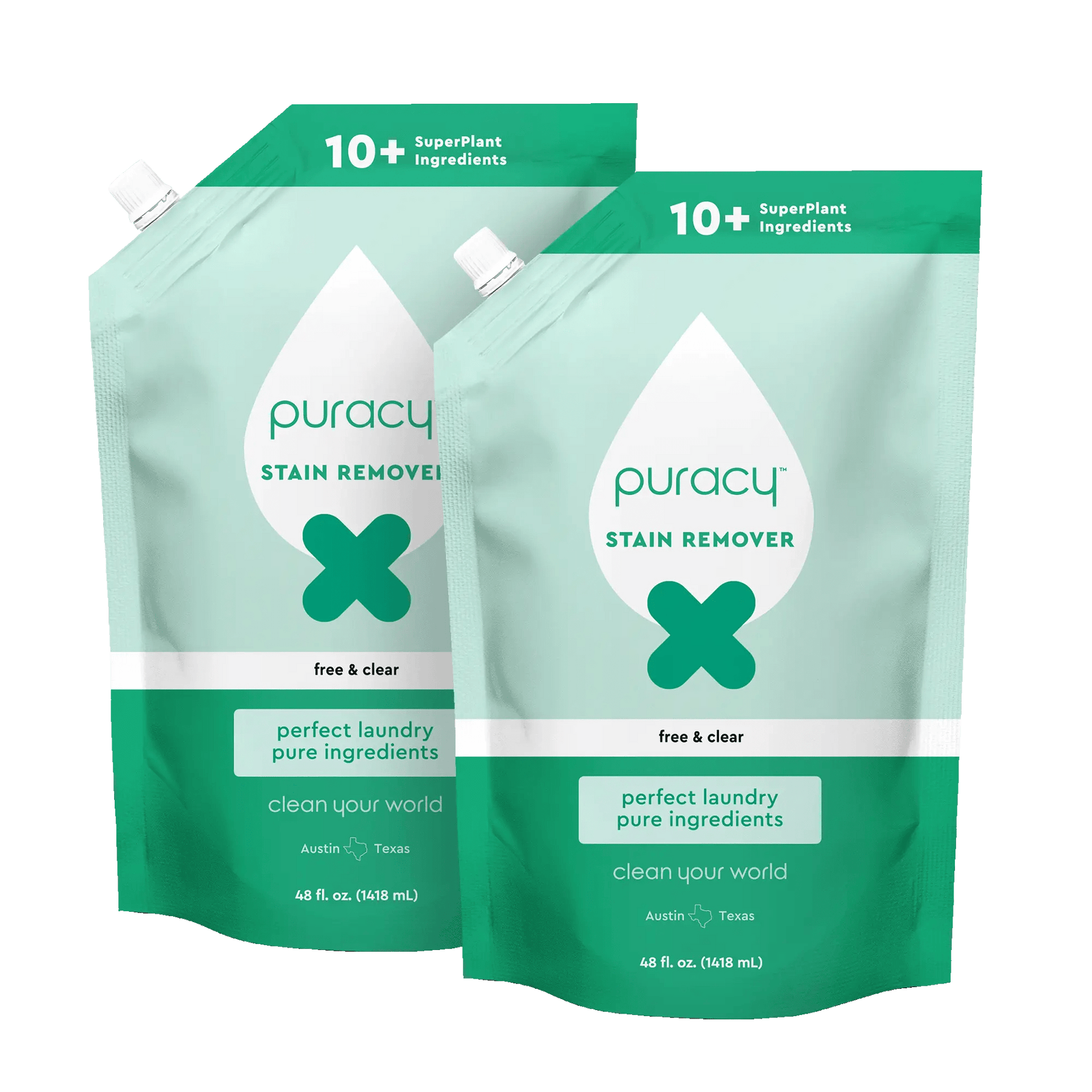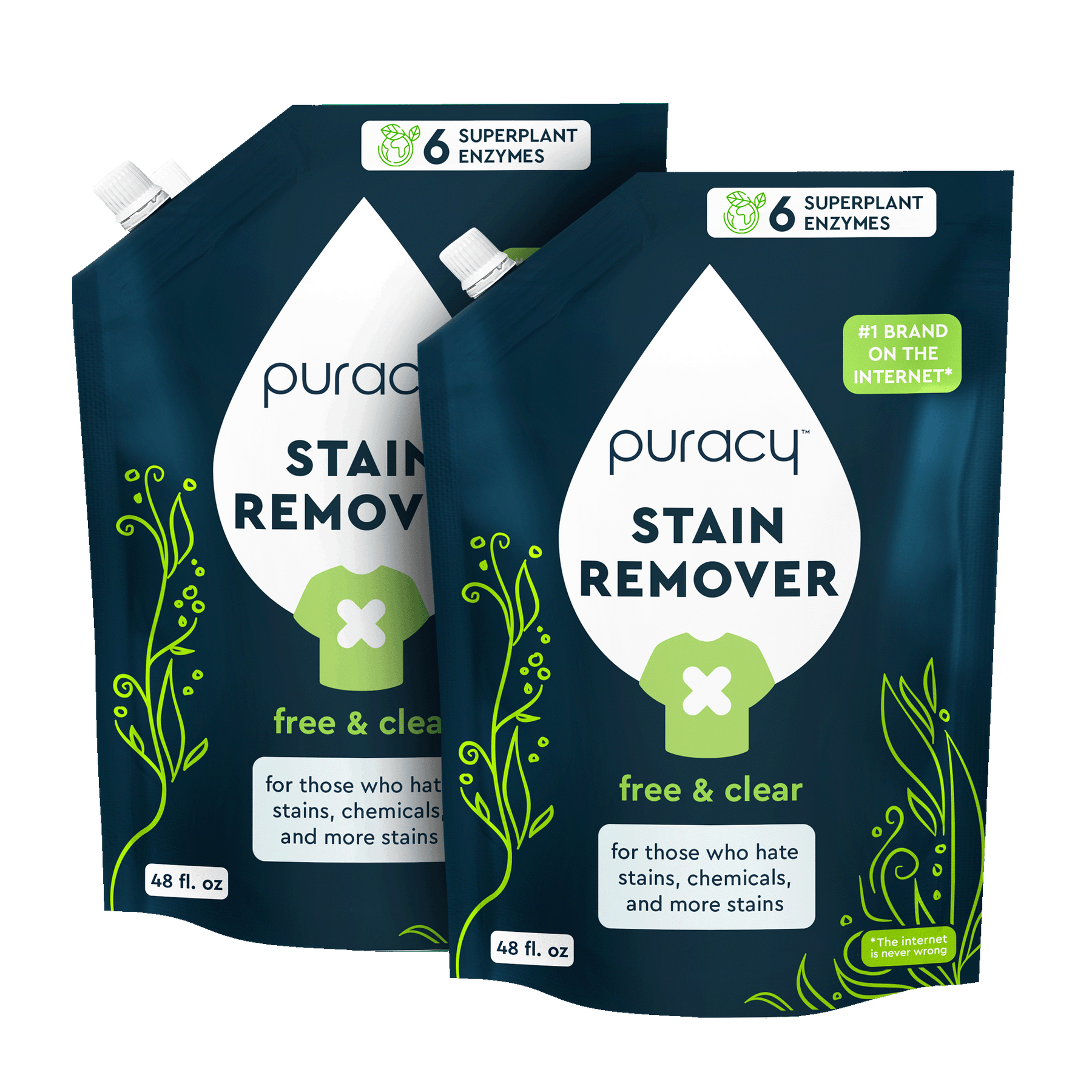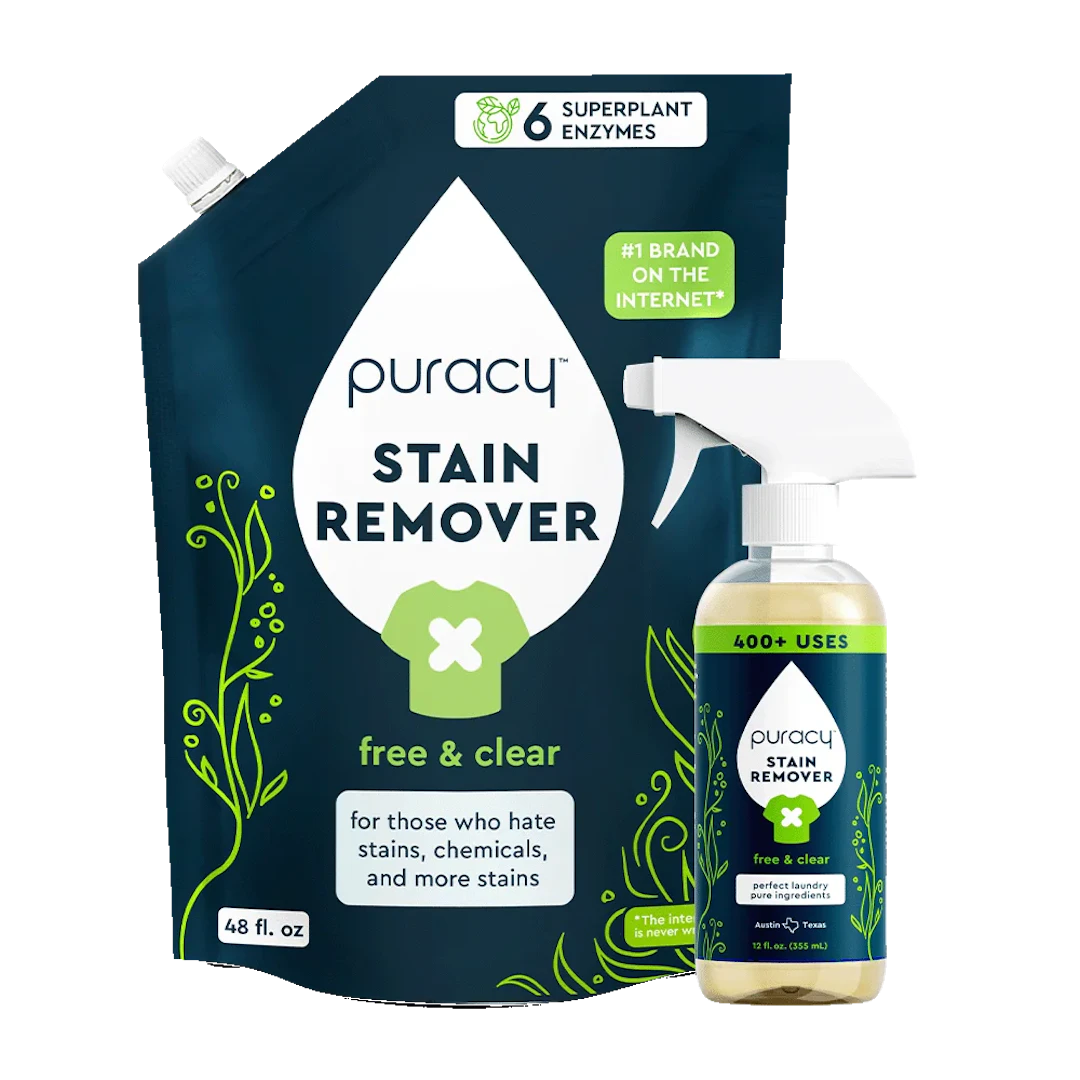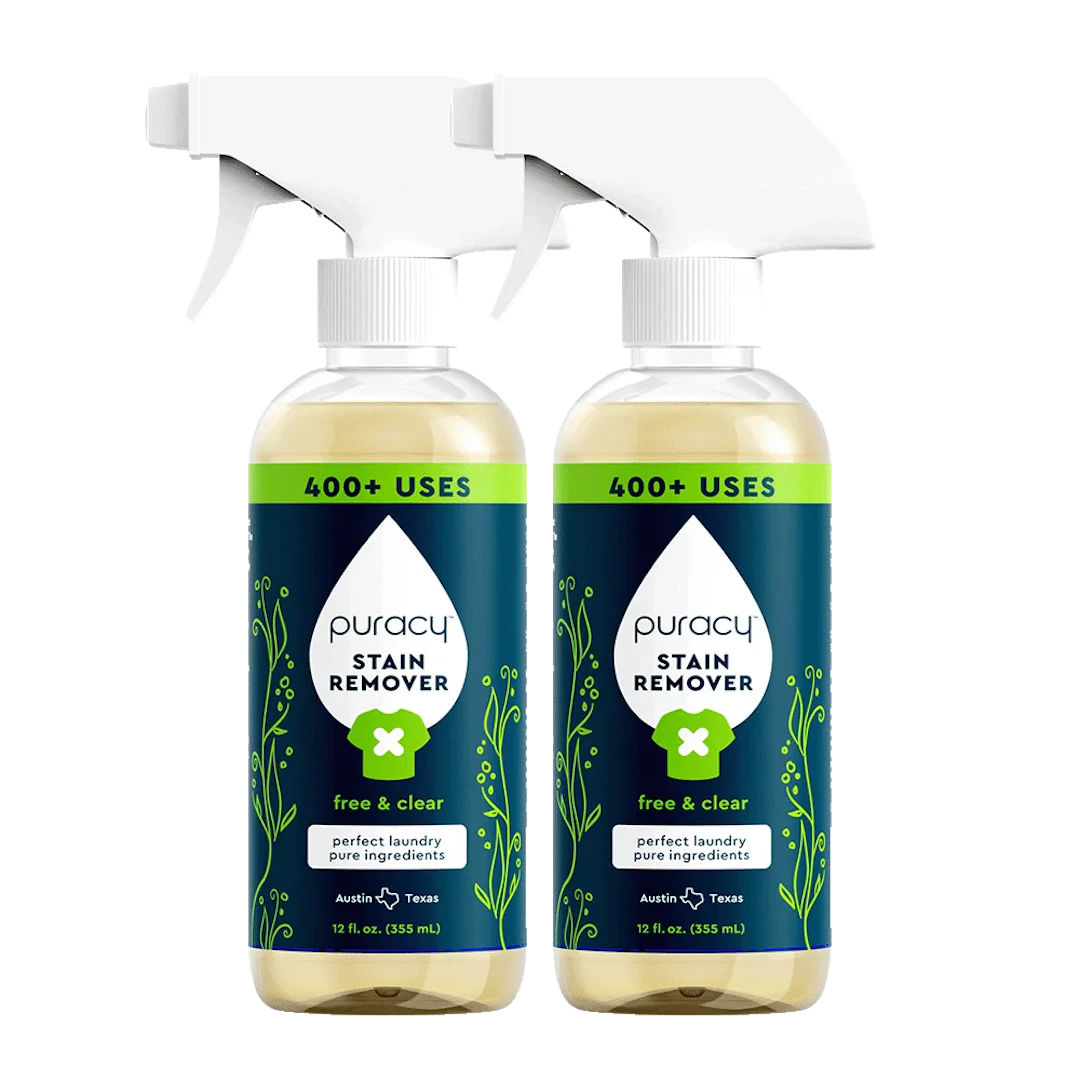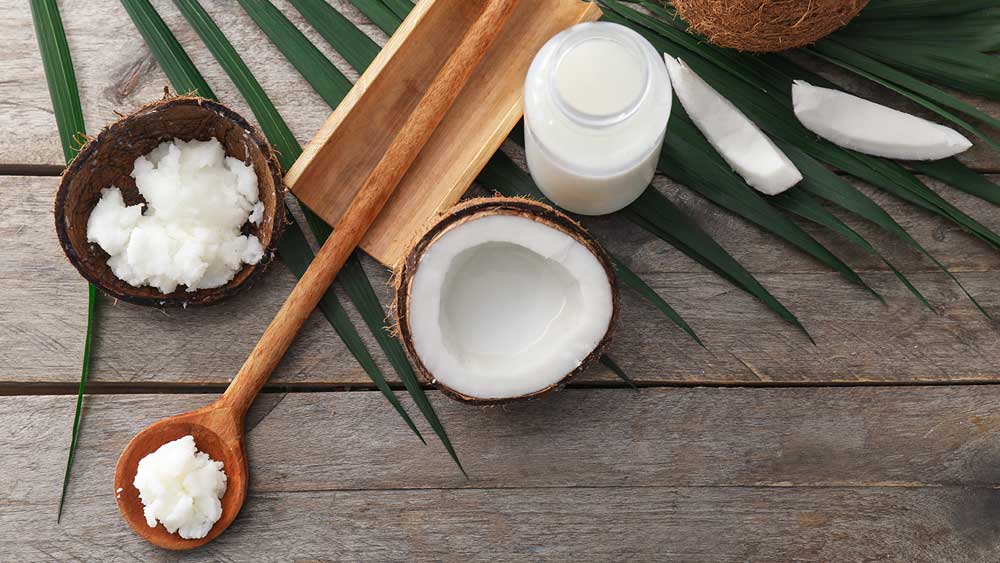What Is Cetearyl Alcohol?

Cetearyl alcohol is a flaky, waxy, white solid that is a combination of cetyl and stearyl alcohols, which occur naturally in plants and animals.[1,2] Cetyl and stearyl alcohols are often derived from coconut, palm, corn, or soy vegetable oil, typically from coconut palm trees, palm trees, corn plants, or soy plants.[3] Cetearyl alcohol is used in hundreds of personal care, cosmetic, and household products, such as makeup, bath soap, detergents, shaving cream, moisturizer, shampoo, and other products.[4]
It is also known as cetostearyl alcohol and with a molecular formula of C34H72O2.
Cetearyl Alcohol vs Cetyl Alcohol

Cetearyl alcohol is a mixture of cetyl alcohol and stearyl alcohol, while cetyl alcohol is a single ingredient.
Cetearyl alcohol is a white, waxy solid that is derived from vegetable oils. It is used in personal care products as a thickener, stabilizer, emulsifier, and emollient. It is non-irritating and non-comedogenic, making it a good choice for people with sensitive skin.
Cetyl alcohol is a white, crystalline solid that is derived from coconut oil and palm oil. It is used in personal care products as a thickener, emulsifier, and moisturizer. It is also non-irritating and non-comedogenic.
What Does Cetearyl Alcohol Do in Our Products?

Cetearyl alcohol acts as a moisturizer in our products by helping bind moisture to the skin. It is a fatty alcohol and can also act as an emulsifier, giving proper texture to our products. In addition, it can be an emollient, keep things from separating, control how thick or runny a product is, act as a coupling agent, and even stabilize foams.[5,6,7,8]
The products below usually have cetearyl alcohol:
- Conditioner
- Moisturizer
- Facial moisturizers
- Hair treatment or serum
- Hair color and bleaching products
- Hand creams
- Facial cleanser
- Styling gels
- Serums and essences
- Baby lotion
- Shampoo
- Anti-aging products
- Makeup remover
It can be considered a clean ingredient as it comes from the combination of natural and synthetic ingredients without being harmful to humans and the environment.
Why Puracy Uses Cetearyl Alcohol
We use cetearyl alcohol in our products as a moisturizer. The Cosmetic Ingredient Review has deemed cetearyl alcohol safe in cosmetic ingredients.[12] Whole Foods has deemed the ingredient acceptable in its body care quality standards.[13] At least one study also shows cetearyl alcohol does not irritate eyes or sensitize human skin.[14]
How Cetearyl Alcohol Is Made

Cetearyl alcohol is a combination of cetyl and stearyl alcohols. Stearyl alcohol is manufactured by transesterification and distillation of coconut or palm kernel oil using a methanol and a zinc catalyst, followed by hydrogenating the resulting methyl esters using a copper catalyst. The catalysts are removed during the fractional distillation phases, so there are little or no metals in the final product.[9]
Cetyl alcohol is manufactured by reducing ethyl palmitate (the waxy ester of palmitic acid) with metallic sodium and alcohol or under acidic conditions with lithium aluminum hydride as a catalyst.[10] The final product melts at a temperature higher than that of the human body, which makes it useful for makeup and other things that are warmed by the skin.[11]
Is Cetearyl Alcohol Safe?

The Cosmetic Ingredient Review (CIR) Expert Panel, an independent group of scientists that evaluates the safety of cosmetic ingredients, found that cetearyl alcohol is a mild irritant but with low incidence among the subjects. It was also found to be non-sensitizing at a 3% concentration as cream.
Meanwhile, the Environmental Working Group (EWG) scores cetearyl alcohol a 1 rating, which means it is low on the hazard scale.
It also scores low on common concerns such as:
- Cancer
- Allergies and immunotoxicity
- Developmental and reproductive toxicity
- Use restrictions.
It is generally well-tolerated and does not cause any side effects. However, in rare cases, it may cause skin irritation or allergic reactions.
Safety on General Health
Cetearyl alcohol is considered to be safe for general health. It has been extensively tested and has been found to be non-sensitizing to the skin. It is also non-toxic and biodegradable.
It is considered to be very gentle on the skin, even for people with sensitive skin issues. It does not clog pores because it is a non-comedogenic. This means people with oily skin will benefit from it.
Cetearyl alcohol is not toxic for the hair and it’s safe for use on all hair types, including dry, damaged, and color-treated hair. It has a different effect from regular alcohols like ethyl which can cause dryness. As a fatty alcohol, cetearyl alcohol can help to cleanse the hair without stripping it of its natural oils.
Environmental Safety
It is not suspected to be persistent in the environment because it is easily biodegradable. It is also not known to be bioaccumulative, which means it does not accumulate or build up as chemicals in marine organisms.
Cetearyl Alcohol vs Drying Alcohols

Cetearyl alcohol is a fatty alcohol, while drying alcohols are volatile alcohols. Fatty alcohols are non-irritating and non-drying to the skin. Drying alcohols, on the other hand, can be irritating because they can cause extreme drying.
The US Food and Drug Administration (FDA) notes that products labeled “alcohol-free” may contain cetearyl alcohol. It also informs the public that this fatty alcohol has a different effect from the simple alcohols like ethanol that is more commonly known.
Some examples of drying alcohols include:
- Ethyl alcohol (ethanol)
- Isopropyl alcohol (IPA)
- Denatured alcohol
Drying alcohols are often used in personal care products as solvents and preservatives. However, they should be avoided by people with sensitive skin or dry skin.
Sources
[1] Personal Care Council
[2] Cosmeticsinfo.org
[3] Braux, M.R., GMO 101, A Practical Guide, Alain Braux International Publishing, 2014
[4] Personal Care Council
[5] National Center for Biotechnology Information
[6] Personal Care Council
[7] Cosmeticsinfo.org
[8] Cosmeticsinfo.org
[9] Cosmetic Ingredient Review
[10] Encyclopedia Brittanica
[11] Center for Earth Systems Engineering and Management
[12] Personal Care Council
[13] Whole Foods Market
[14] “5 Final Report on the Safety Assessment of Cetearyl Alcohol, Cetyl Alcohol, Isostearyl Alcohol, Myristyl Alcohol, and Behenyl Alcohol,” International Journal of Toxicology, May/June 1988 7: 359-413.

